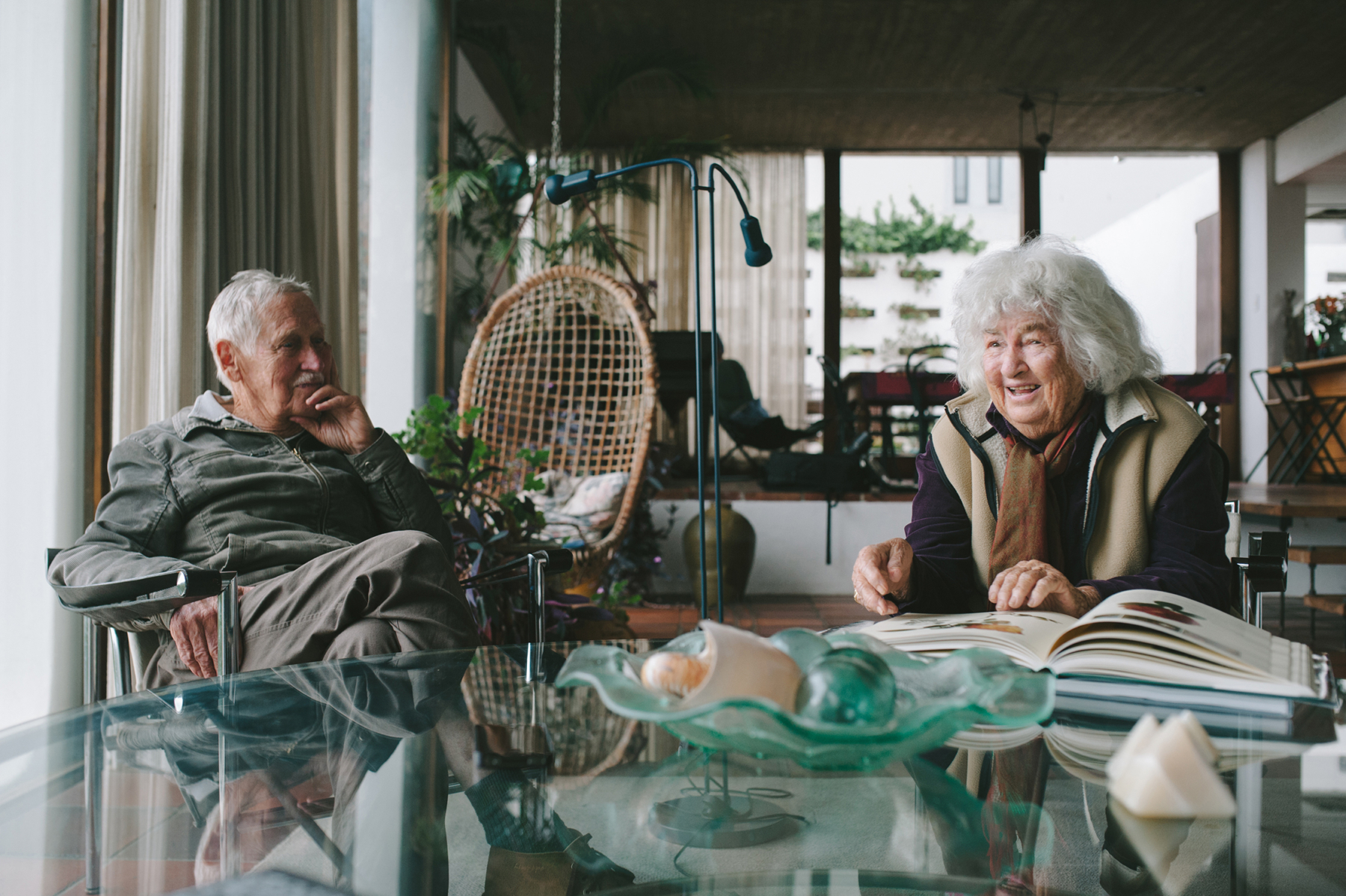Depending on where you stand, the Fagan’s self-built home ‘Die Es’ has a mountain or seaside backdrop. ‘Die Es’ – meaning ‘the hearth’ – is situated on the Atlantic Seaboard in Camps Bay, but it feels more like it’s on a little farm with its own private nature reserve. The house itself and most things in it are handmade by couple Gwen and Gawie Fagan, their son and three daughters.
Today it’s just the two of them living here. It’s a magical place with magical people who have lived long and full lives. Sitting around a table with Gwen and Gawie drinking a hot cup of Rooibos tea, we listen to a collection of stories experienced over almost a century. They speak about a career spanning almost 70 years, hard work and successes, and 65 years of marriage and family life. As one of South Africa’s most celebrated architects, Gawie’s ideas concerning connecting architecture with the natural landscape were revolutionary. Over the years, Gwen played an instrumental role as a historical researcher and landscape planner in Gawie’s practice. Together they share a love of designing new buildings just as much as restoring old ones.
This story is featured in our second book, Freunde von Freunden: Friends, order within Germany here, or find the book internationally at selected retailers.
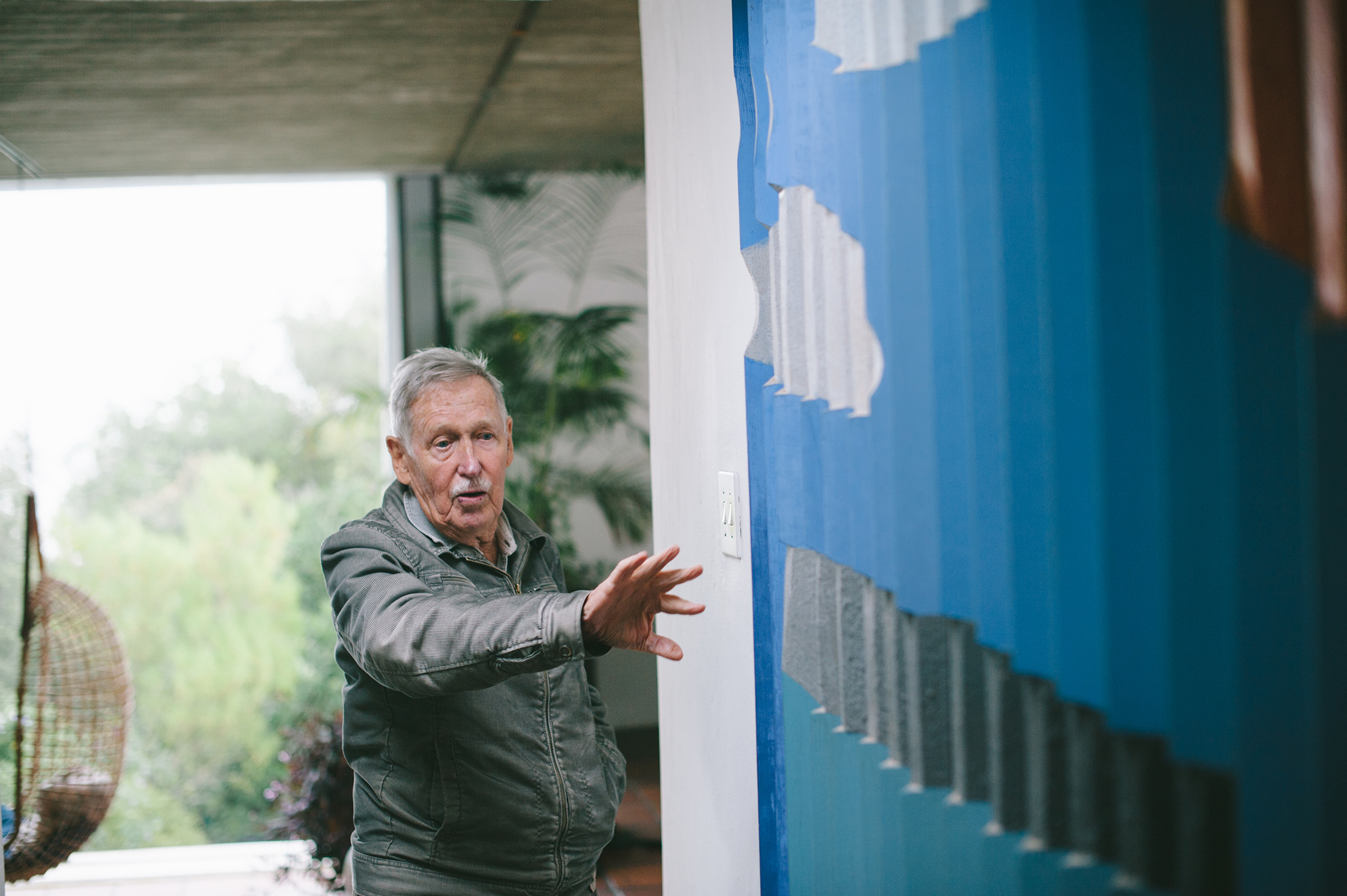
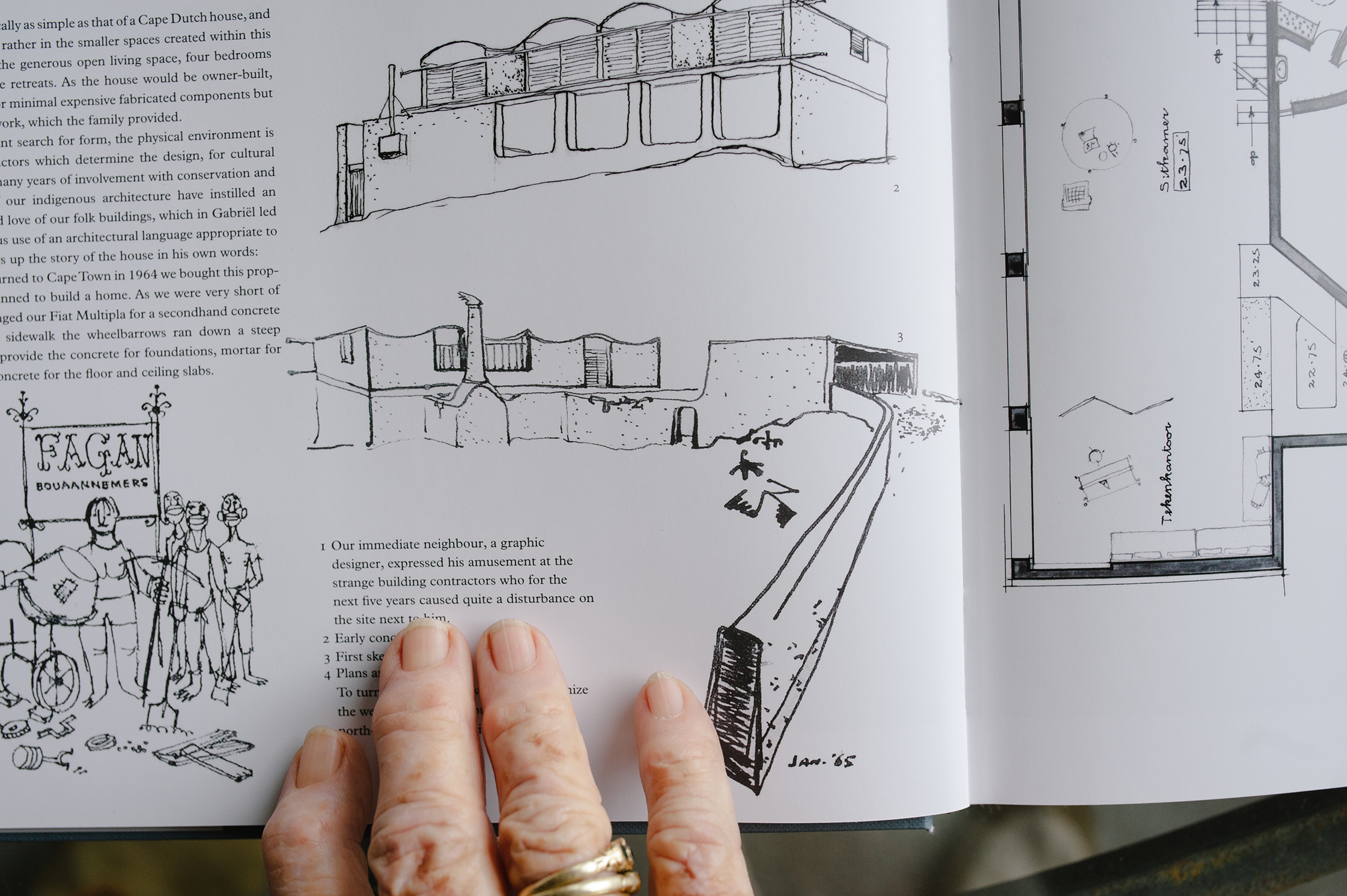
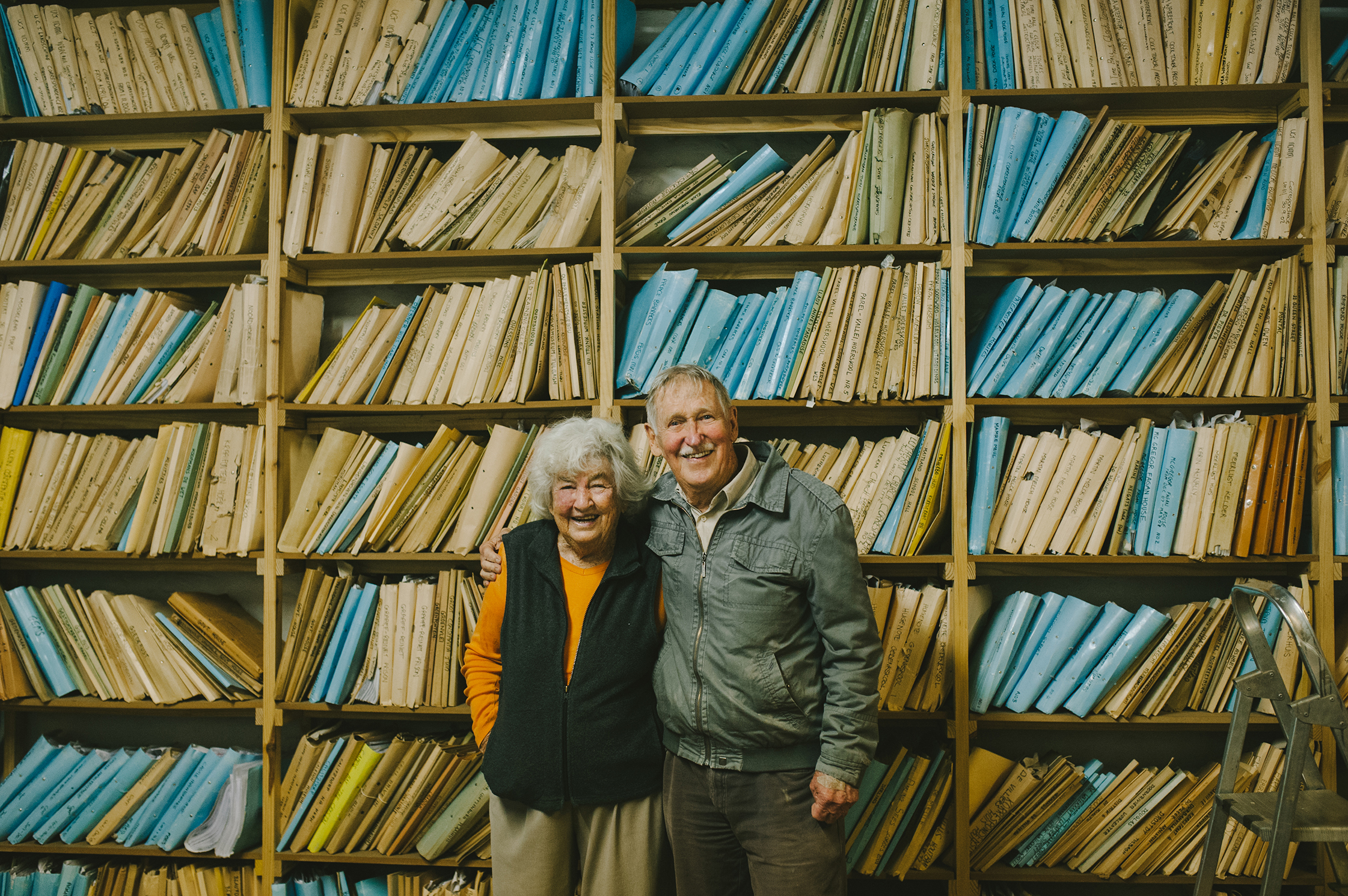
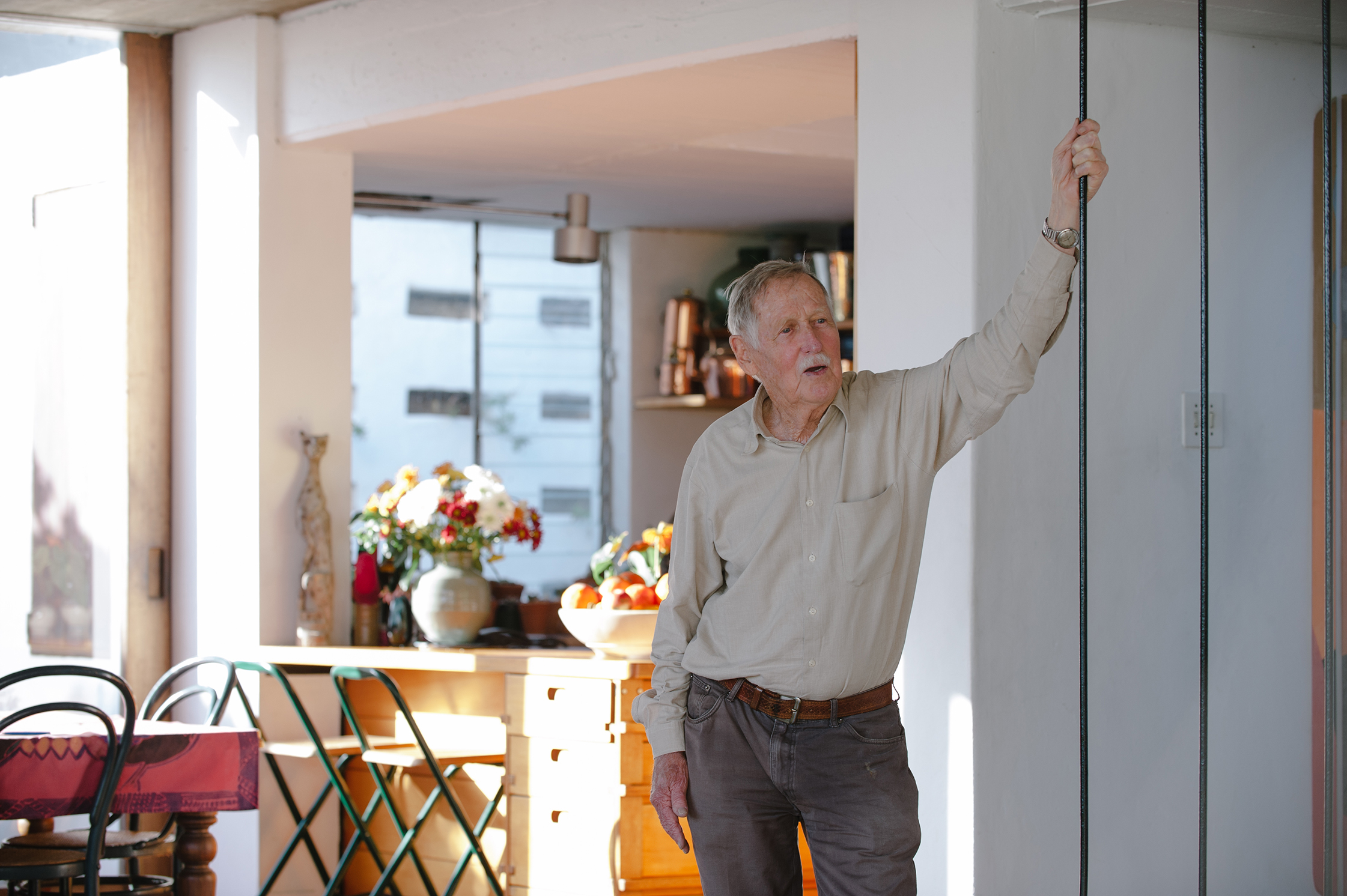
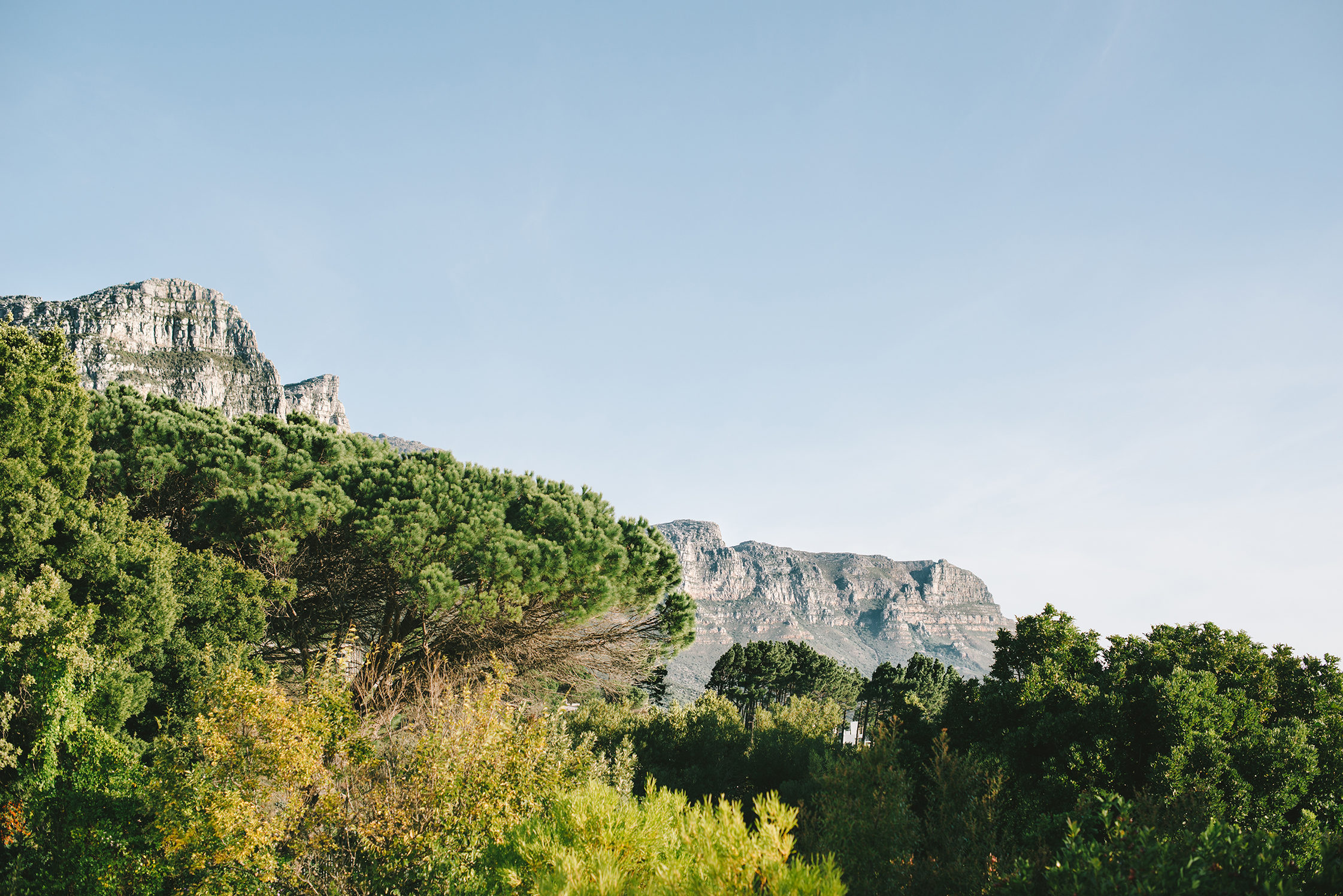
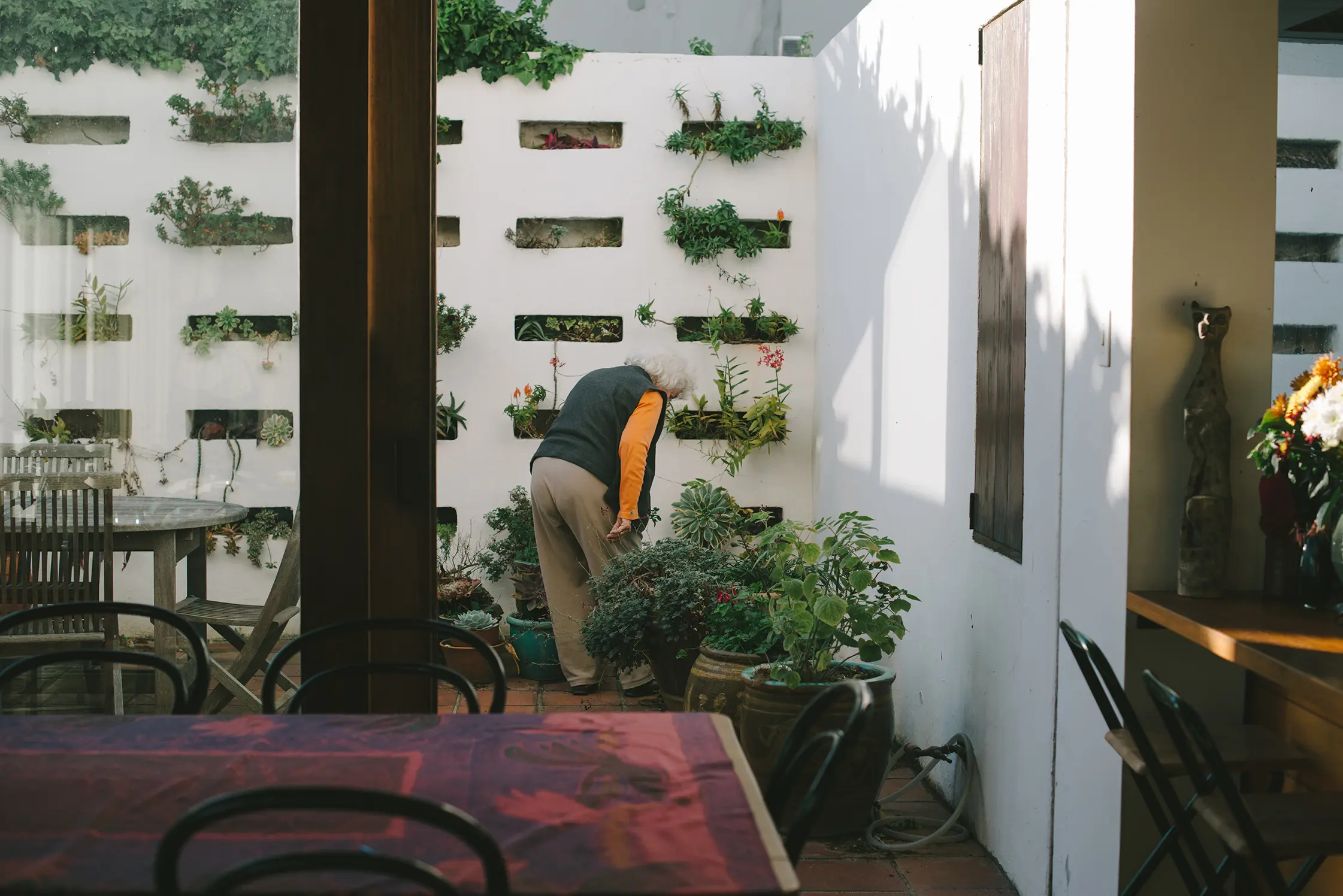
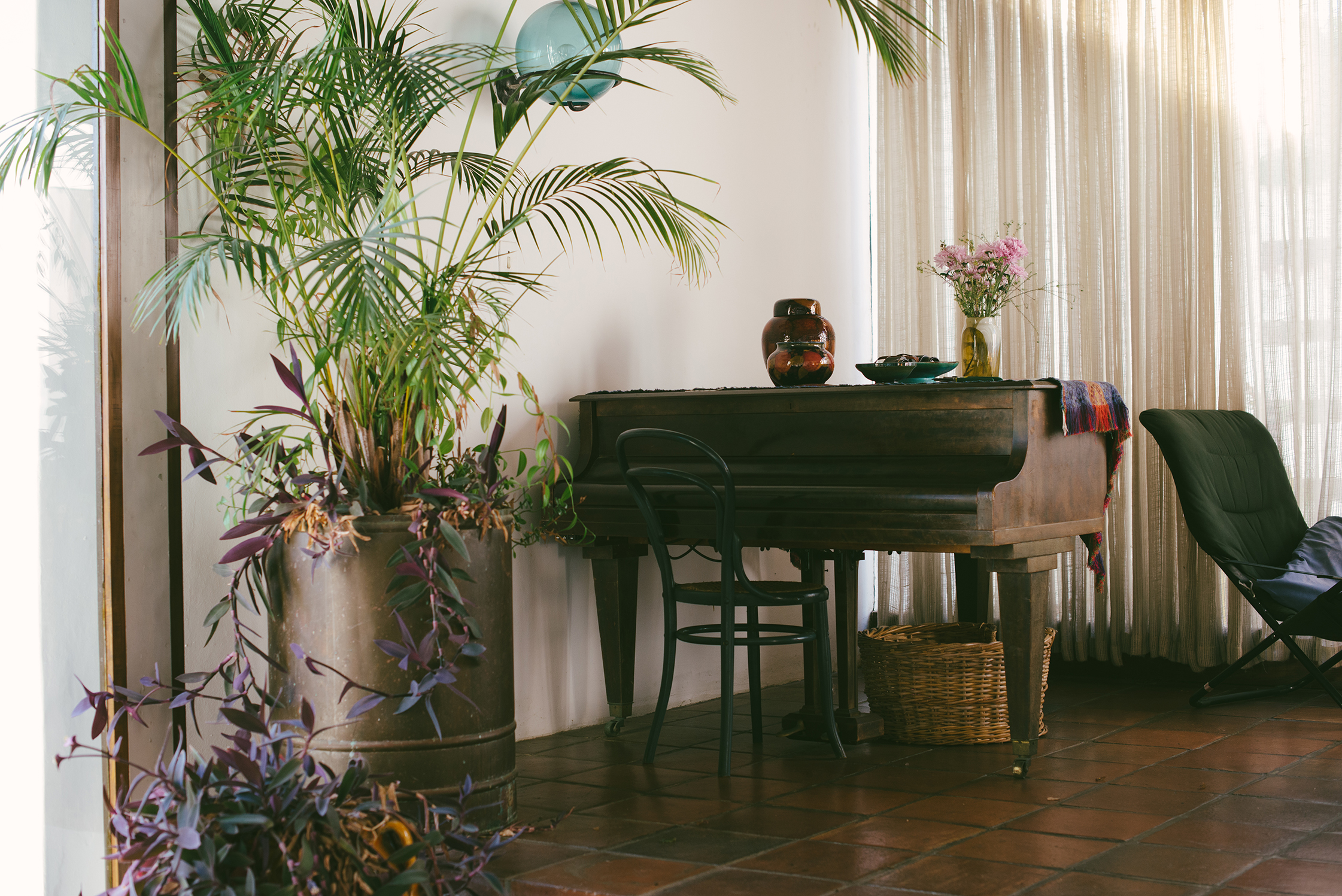
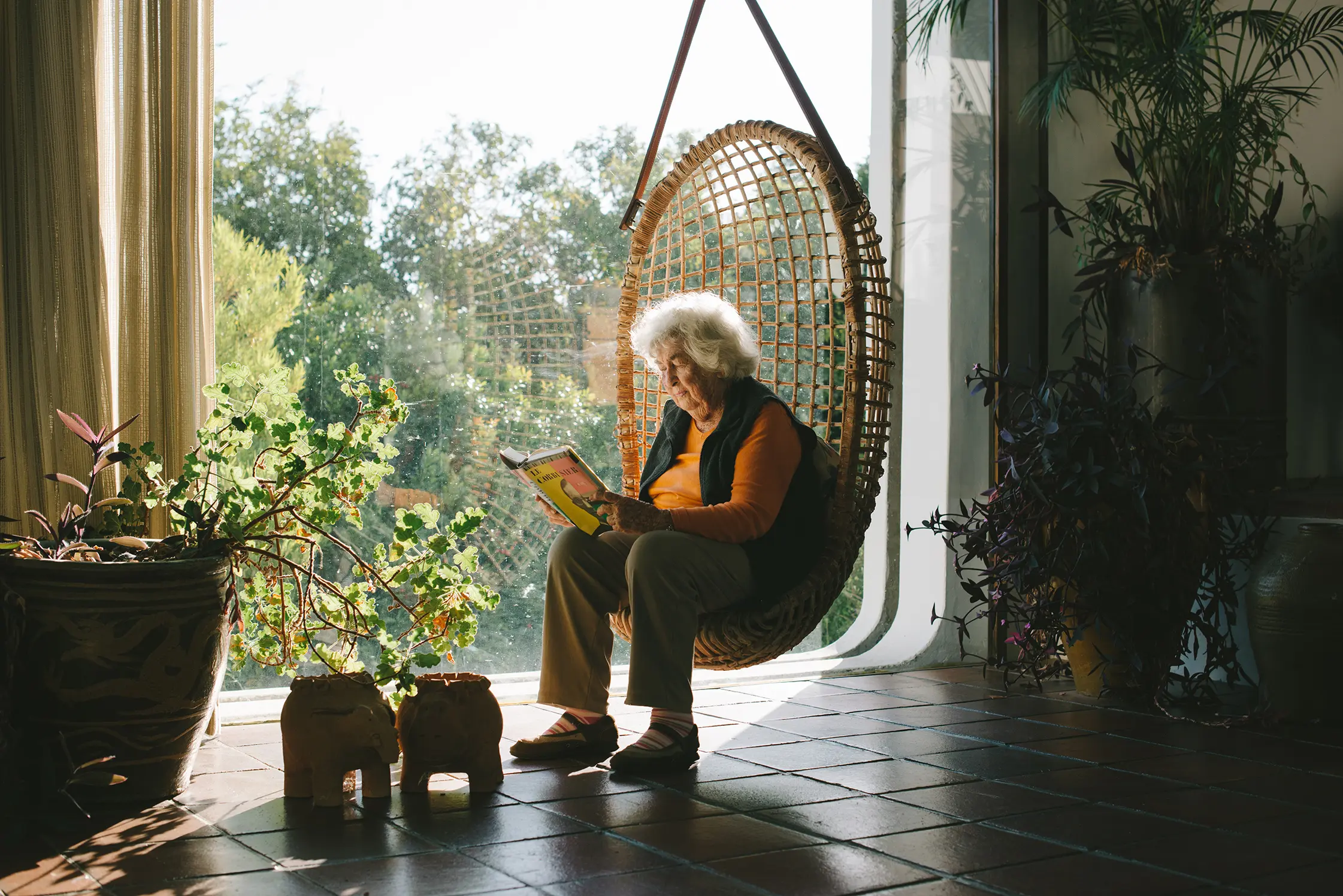
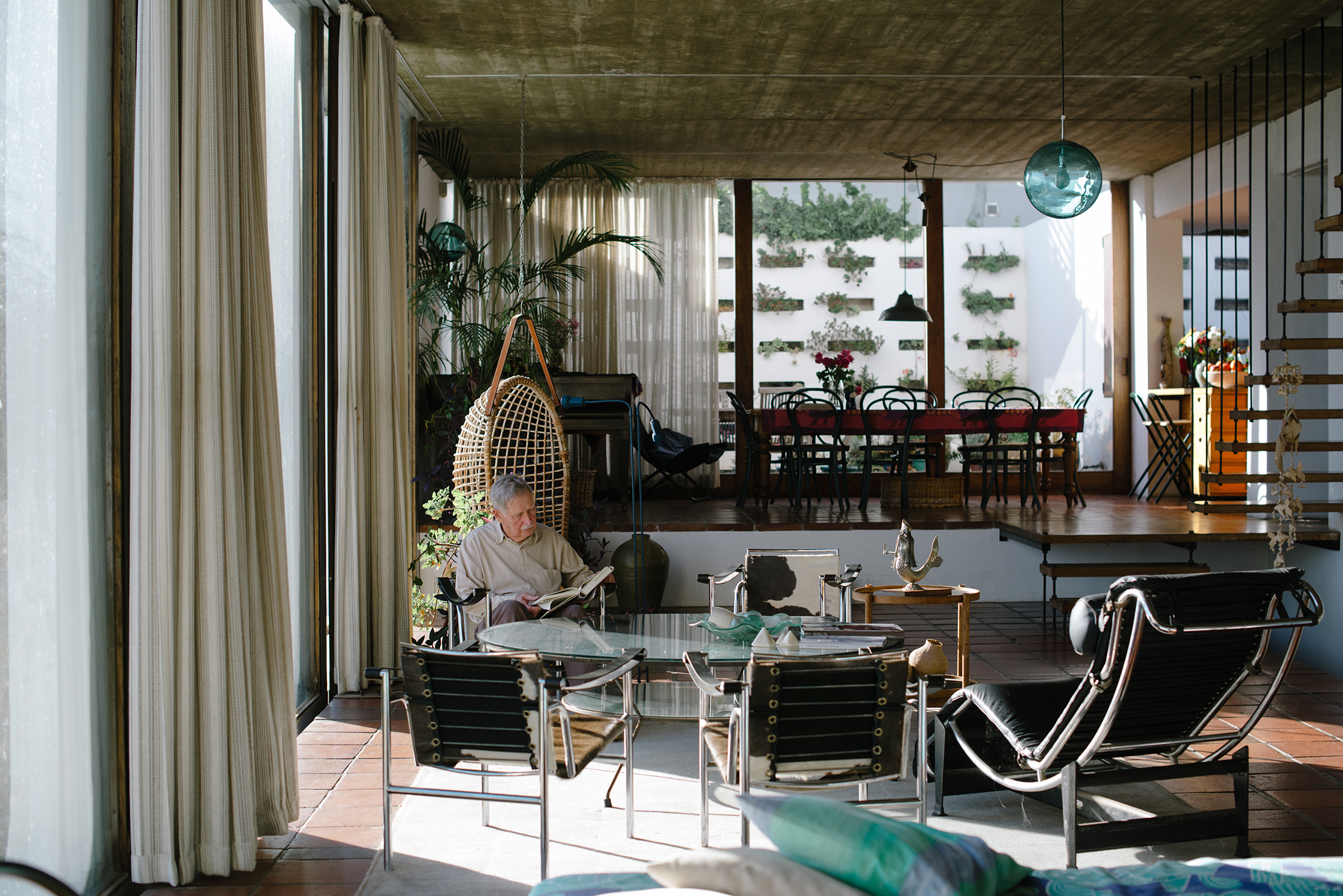
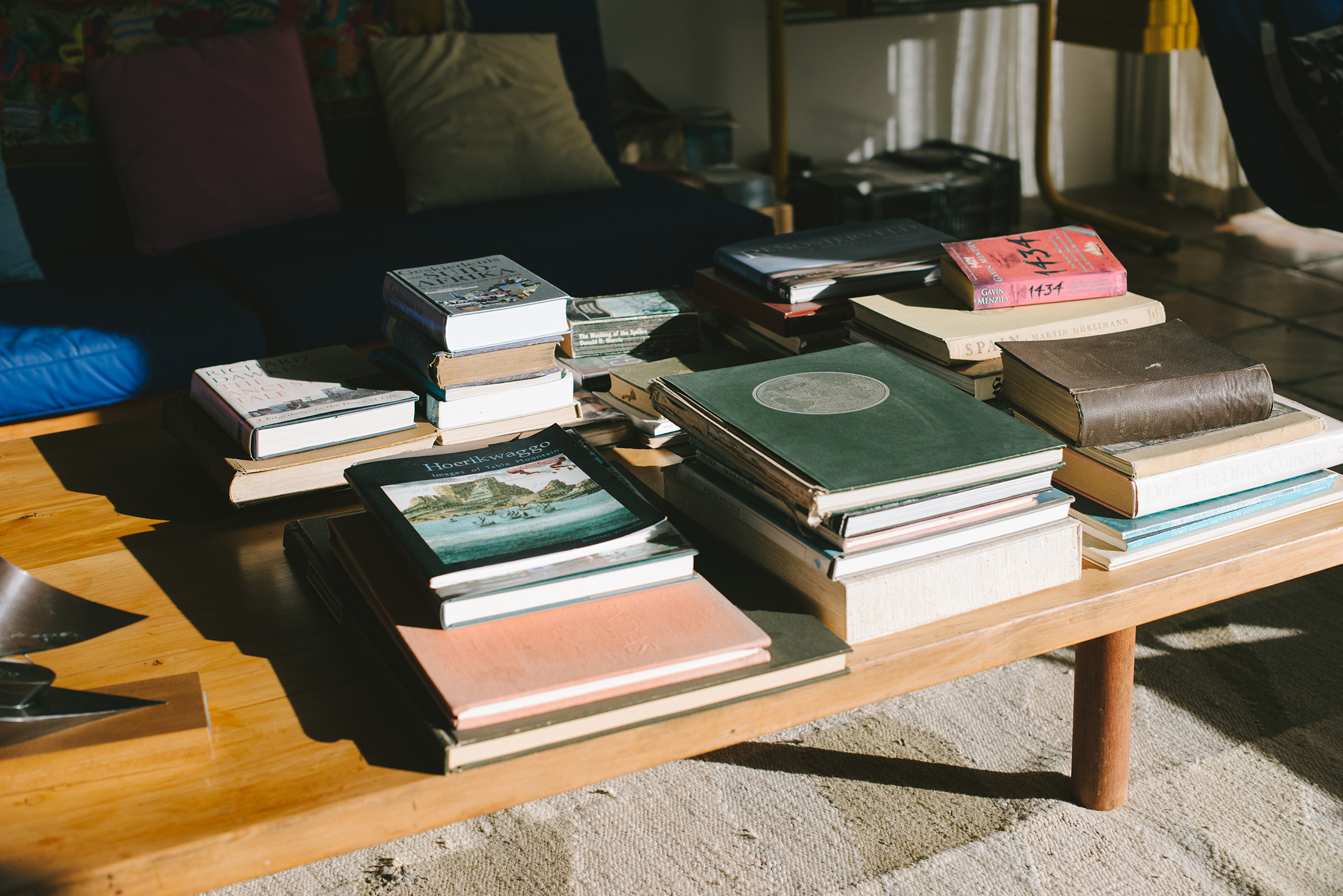
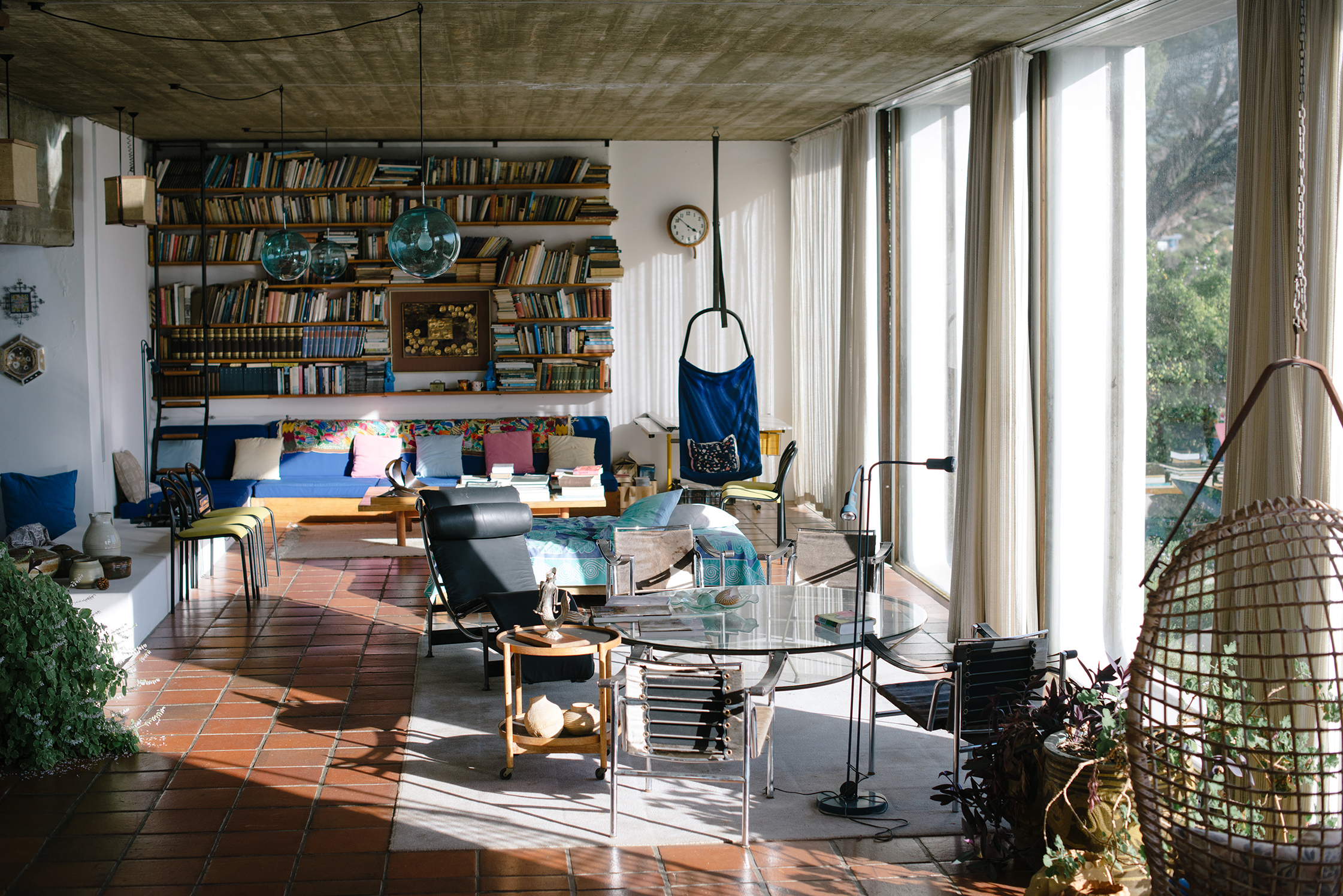
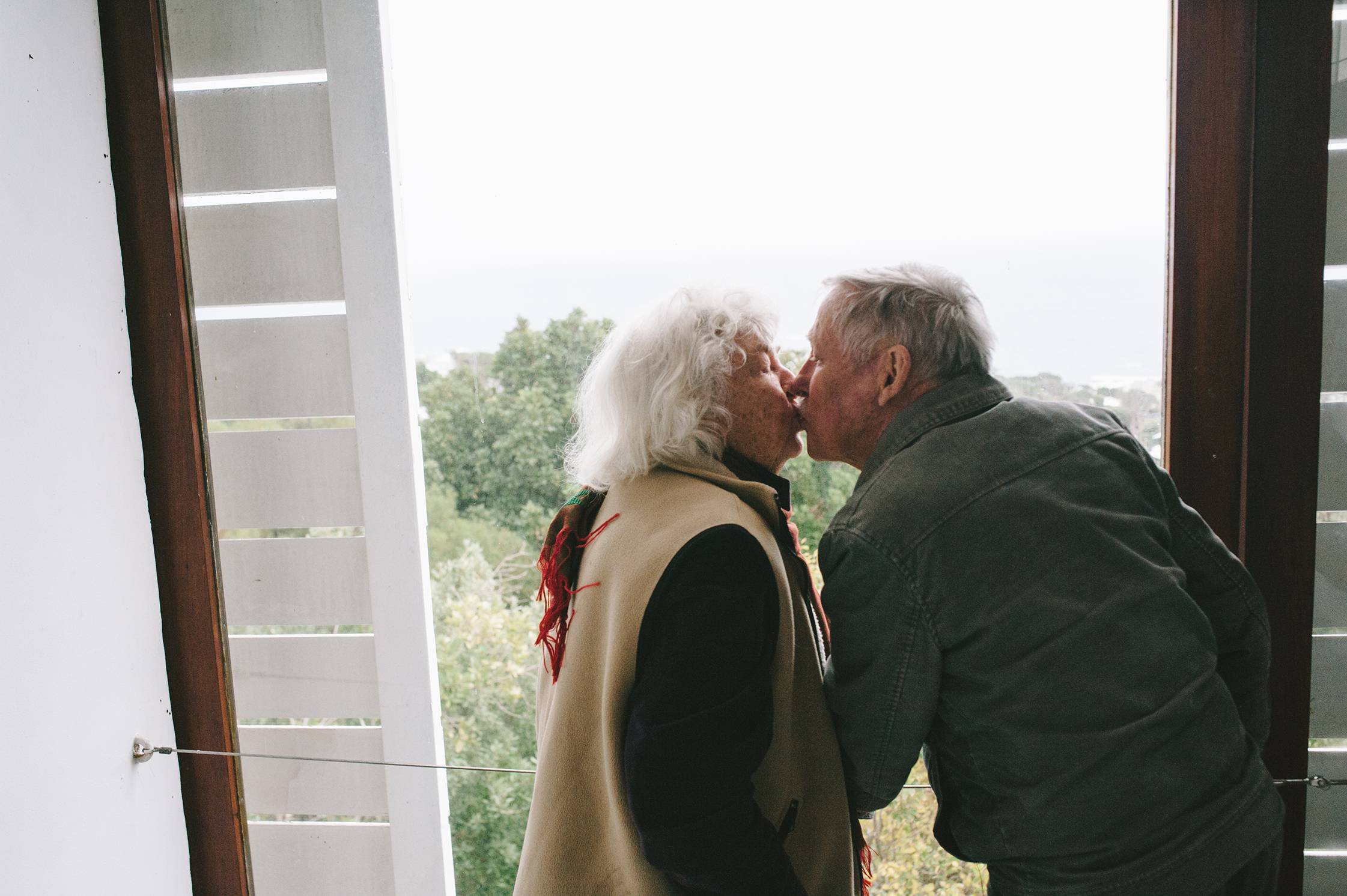
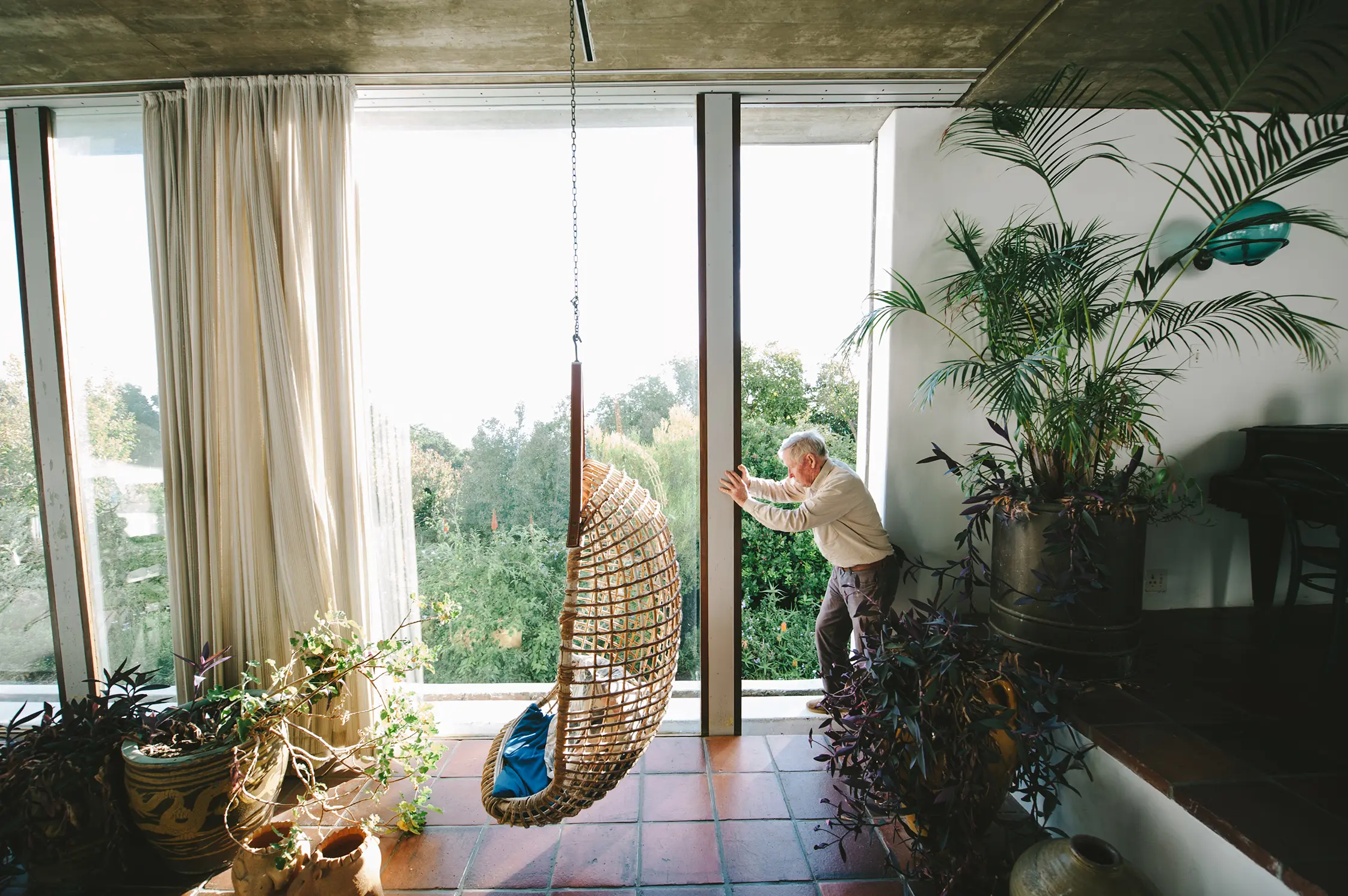
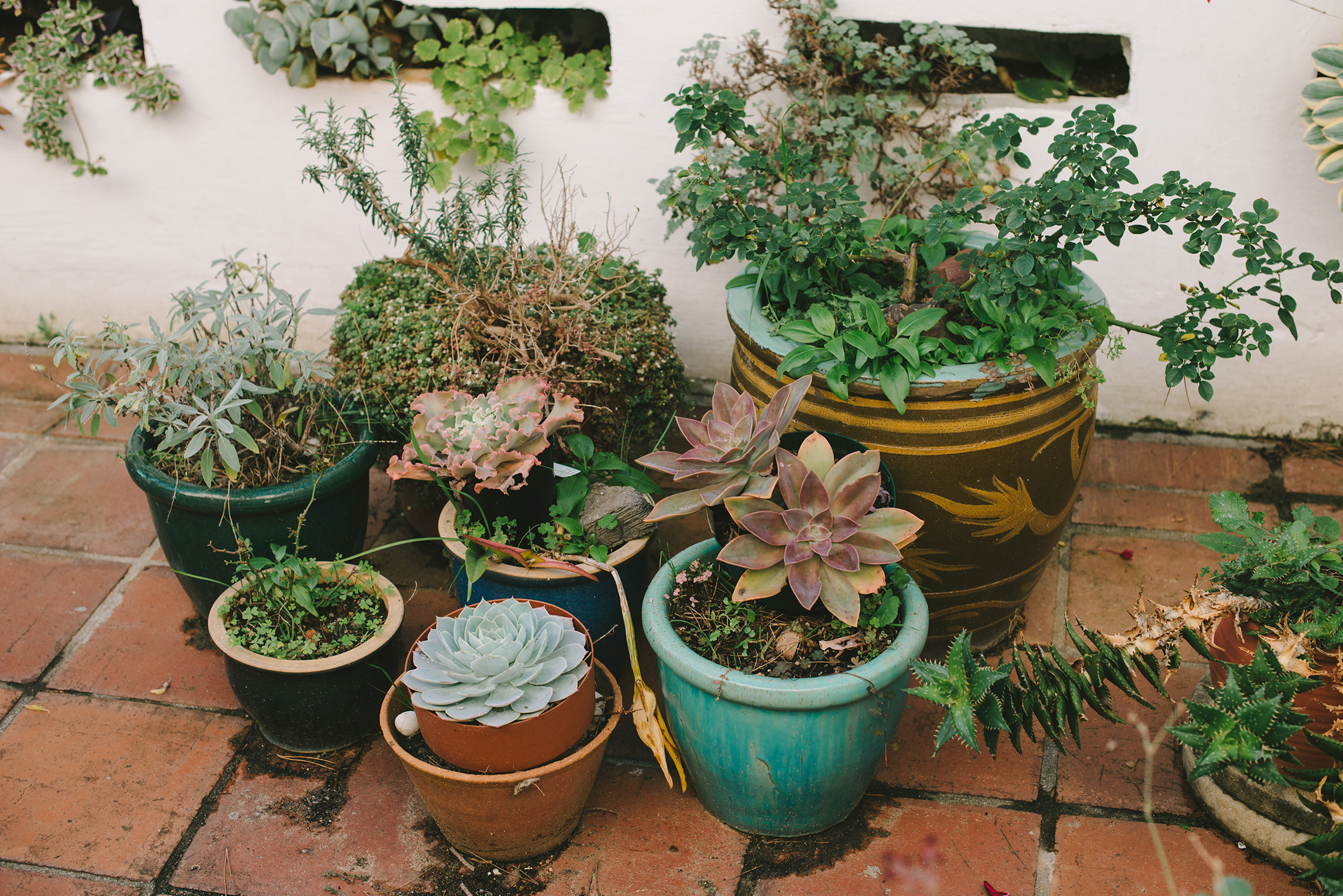
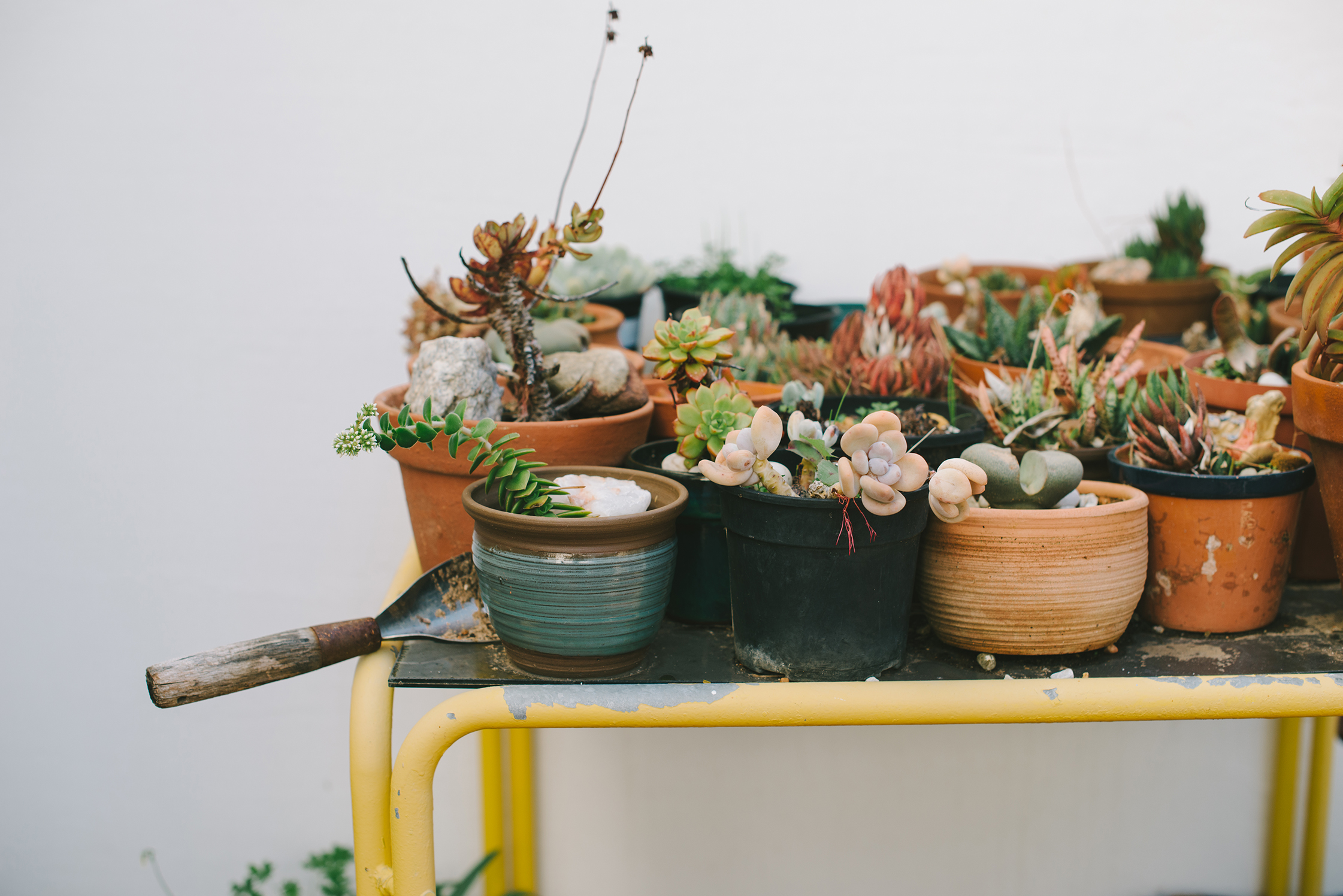
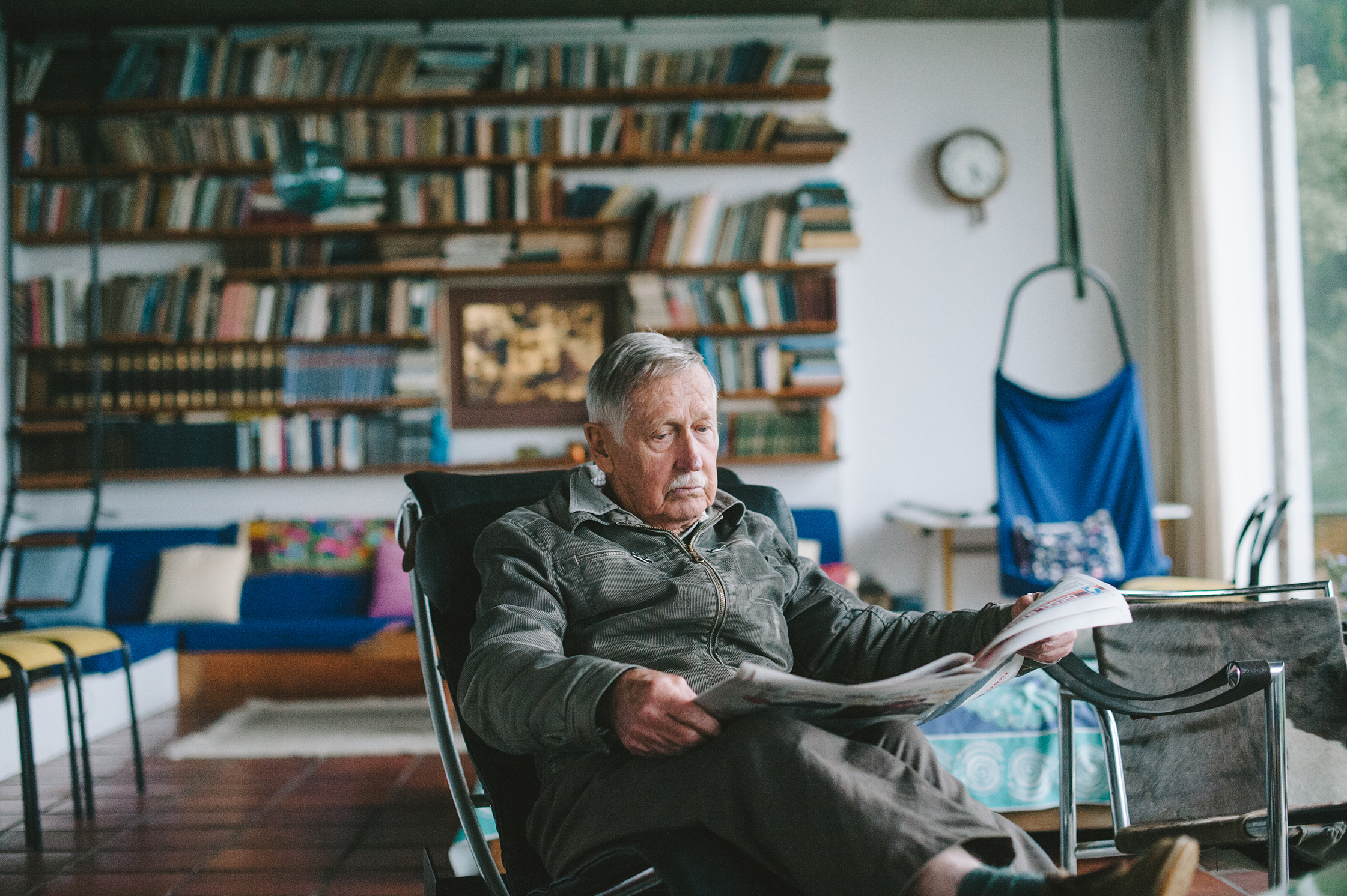
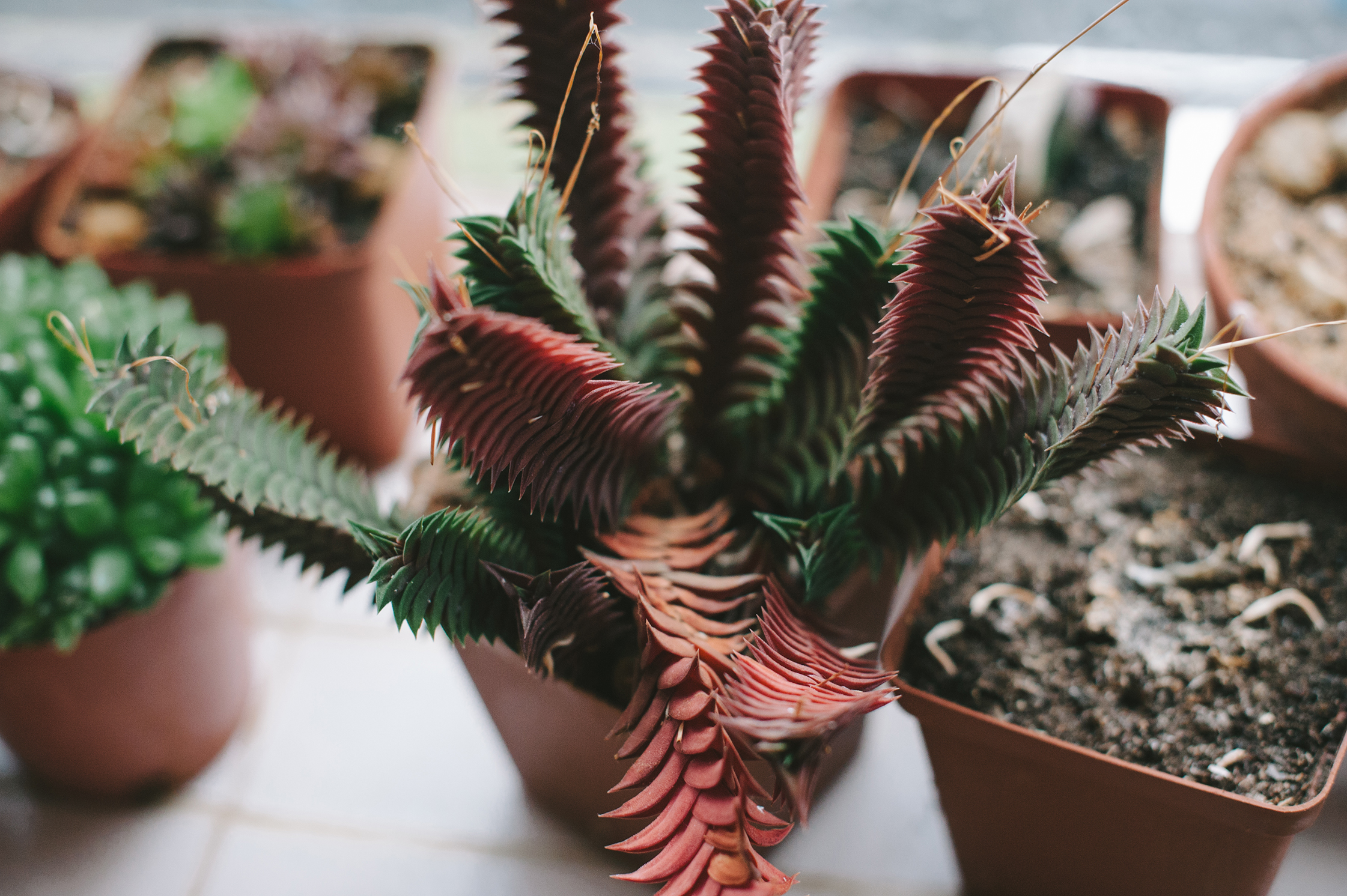
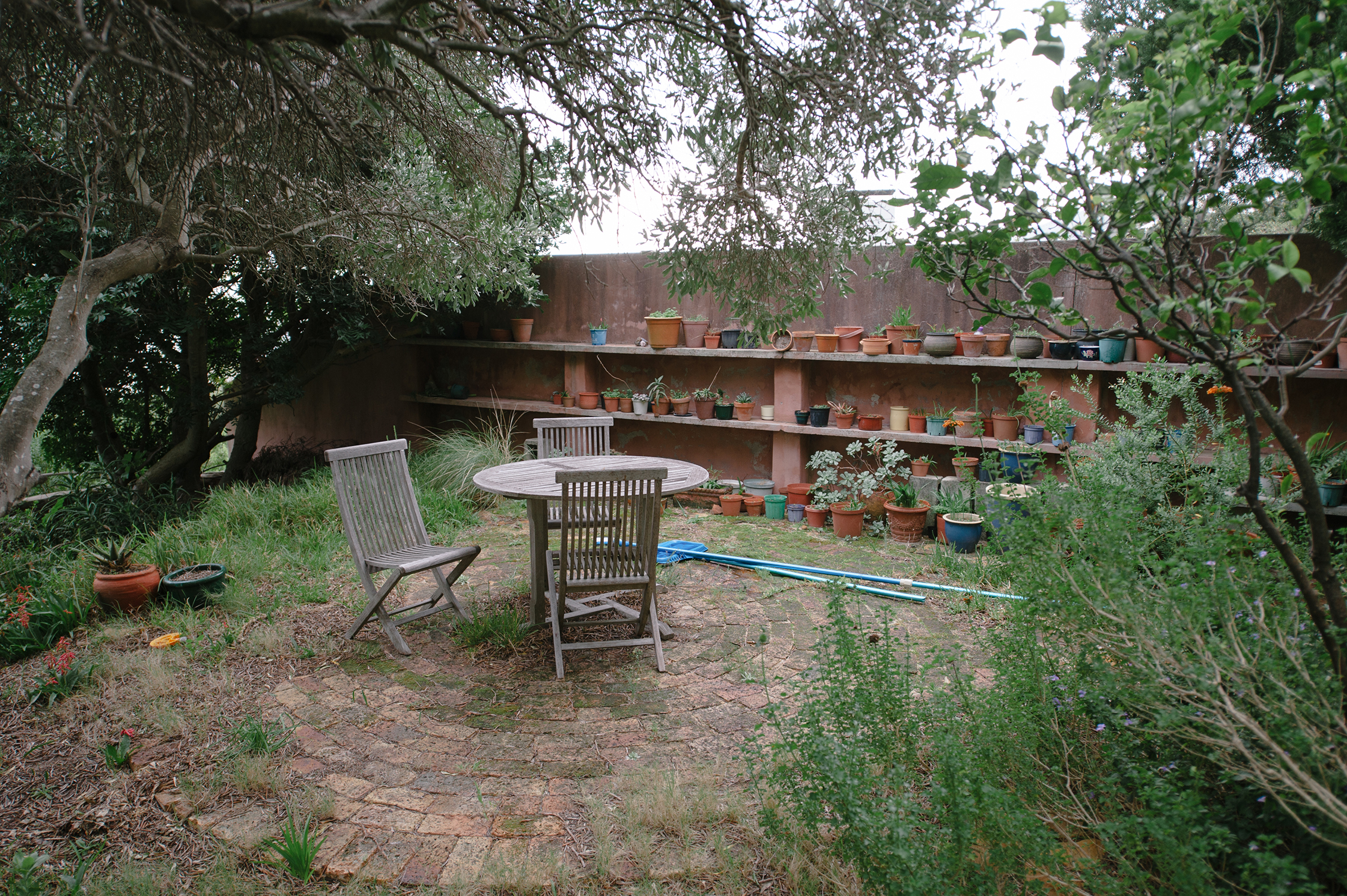
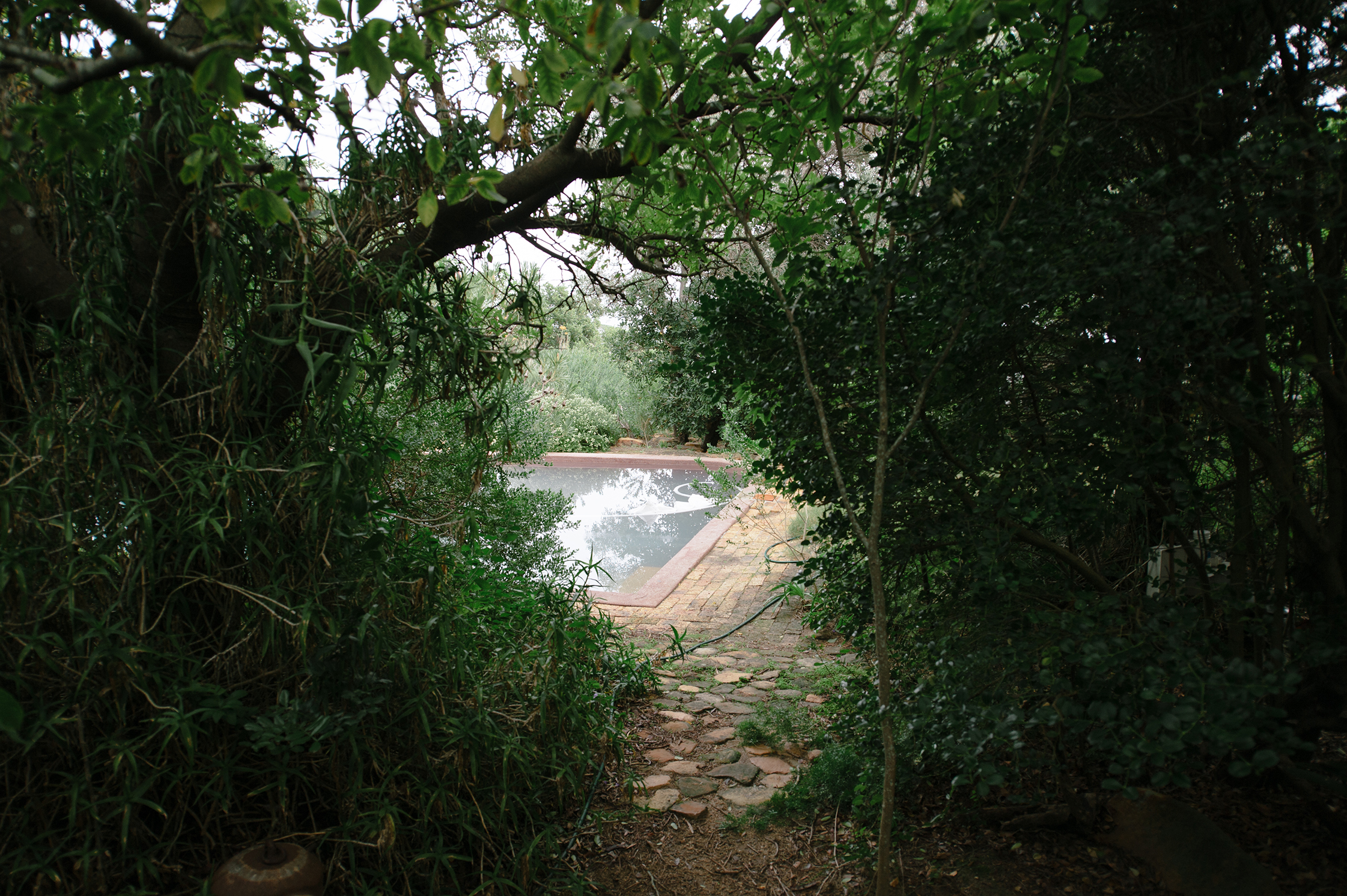
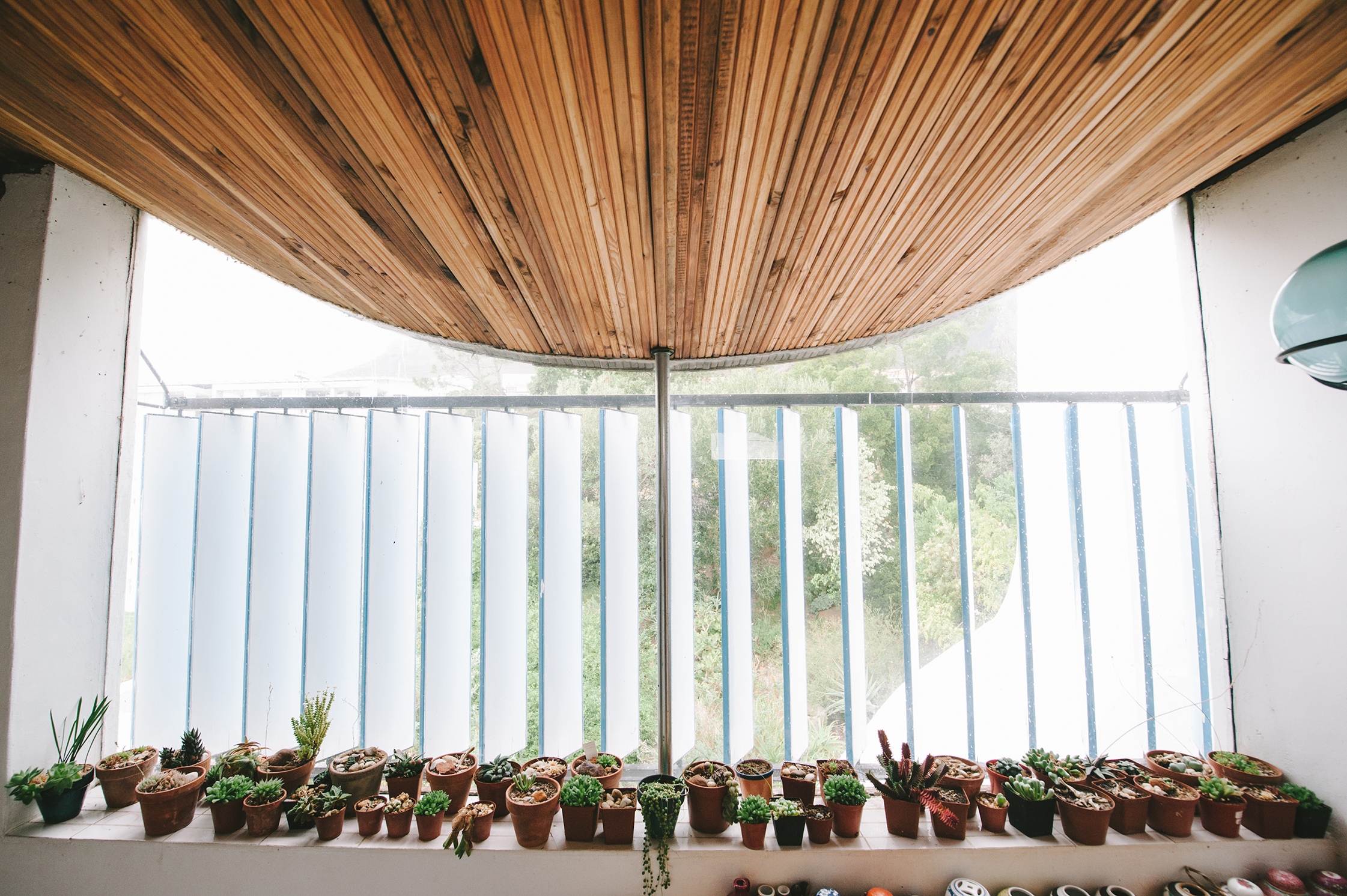
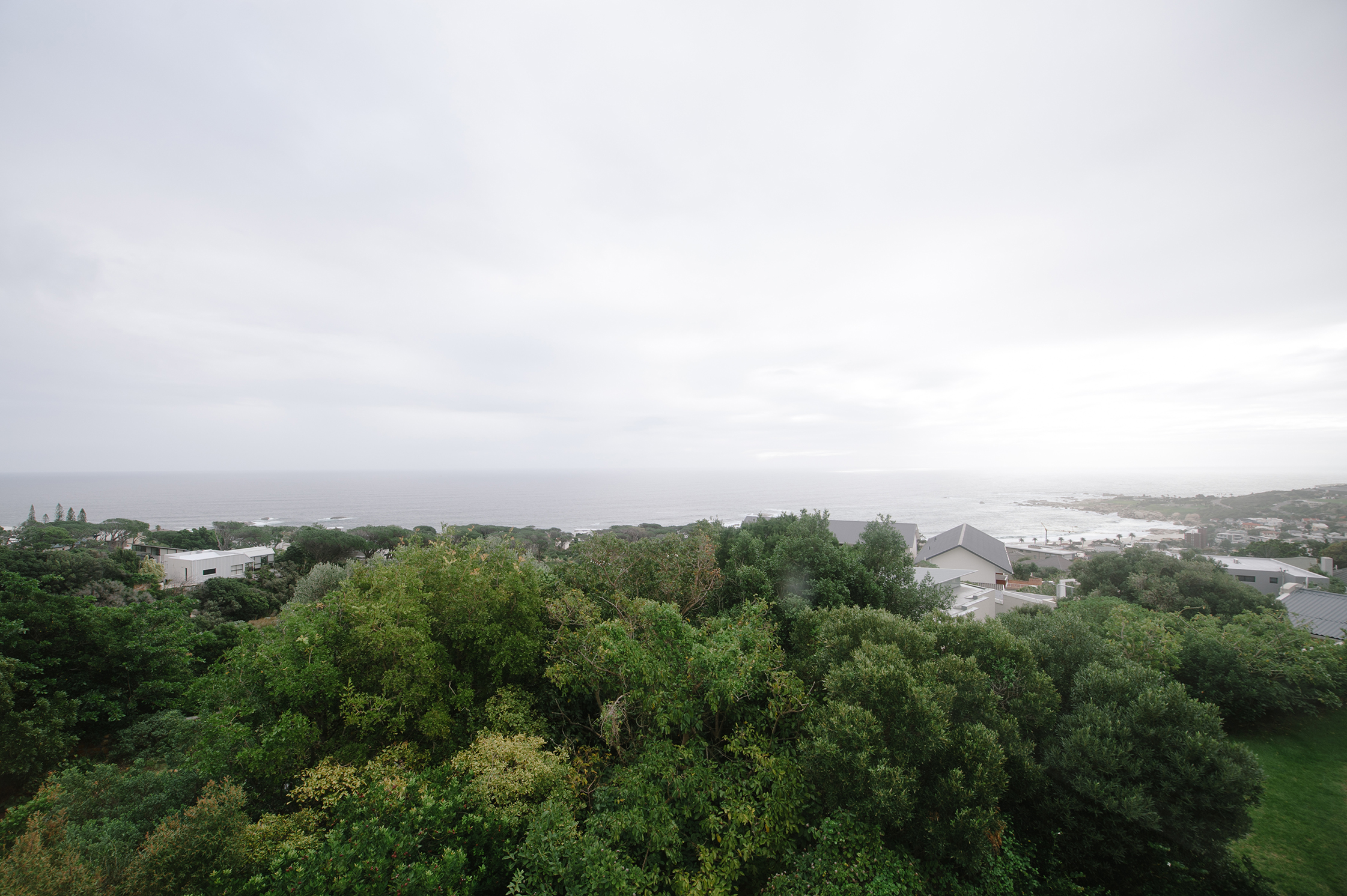
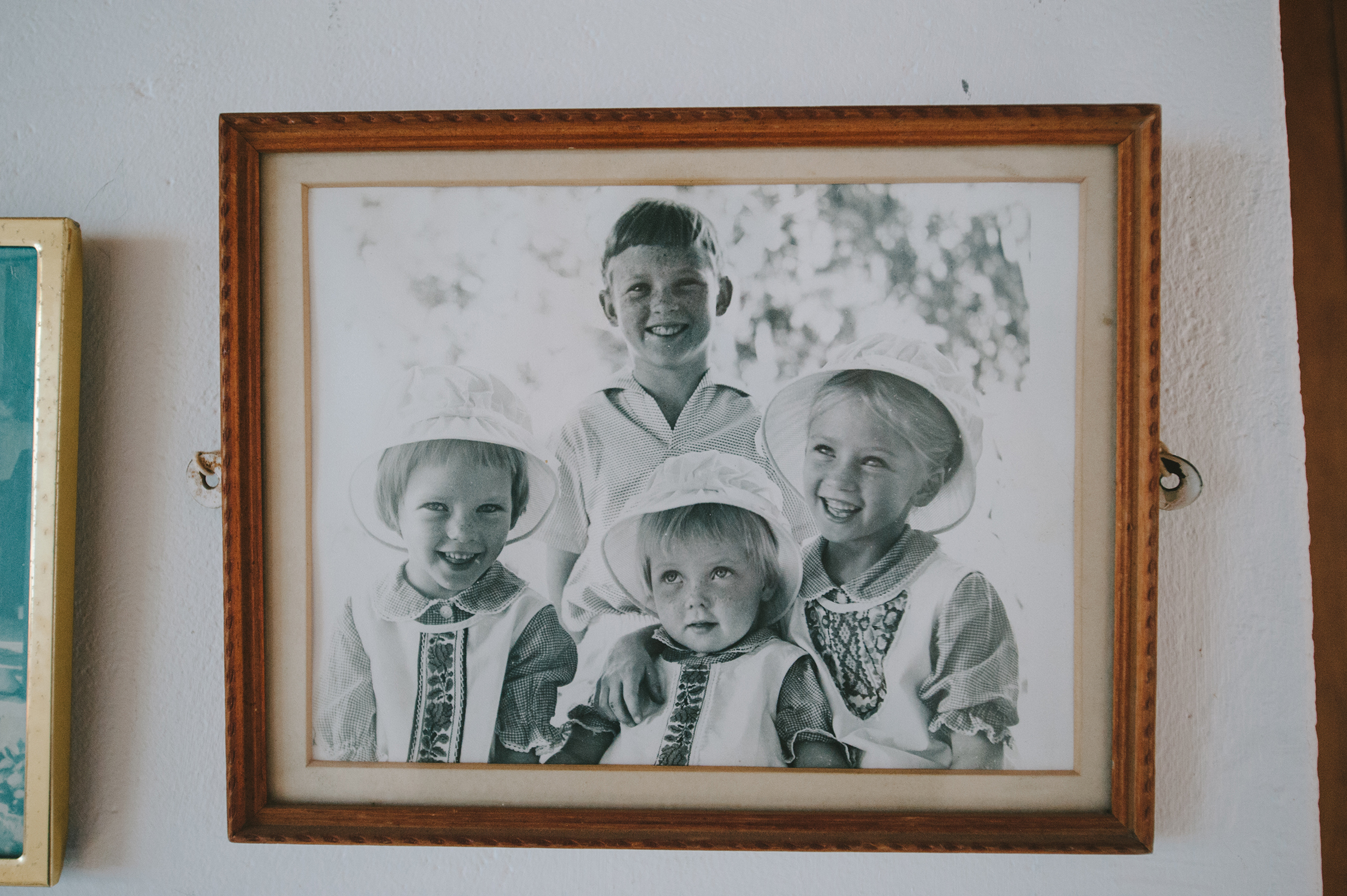
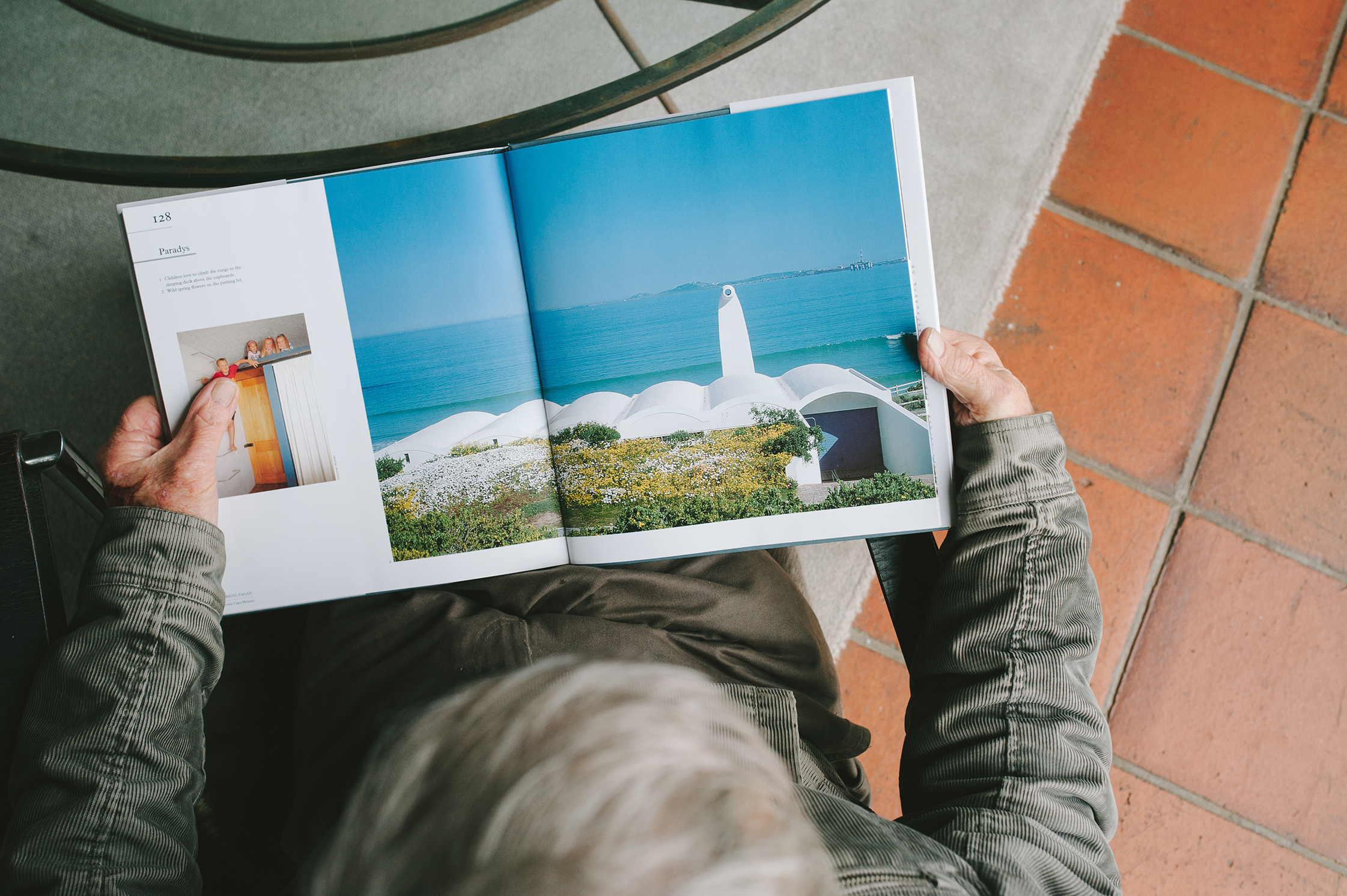
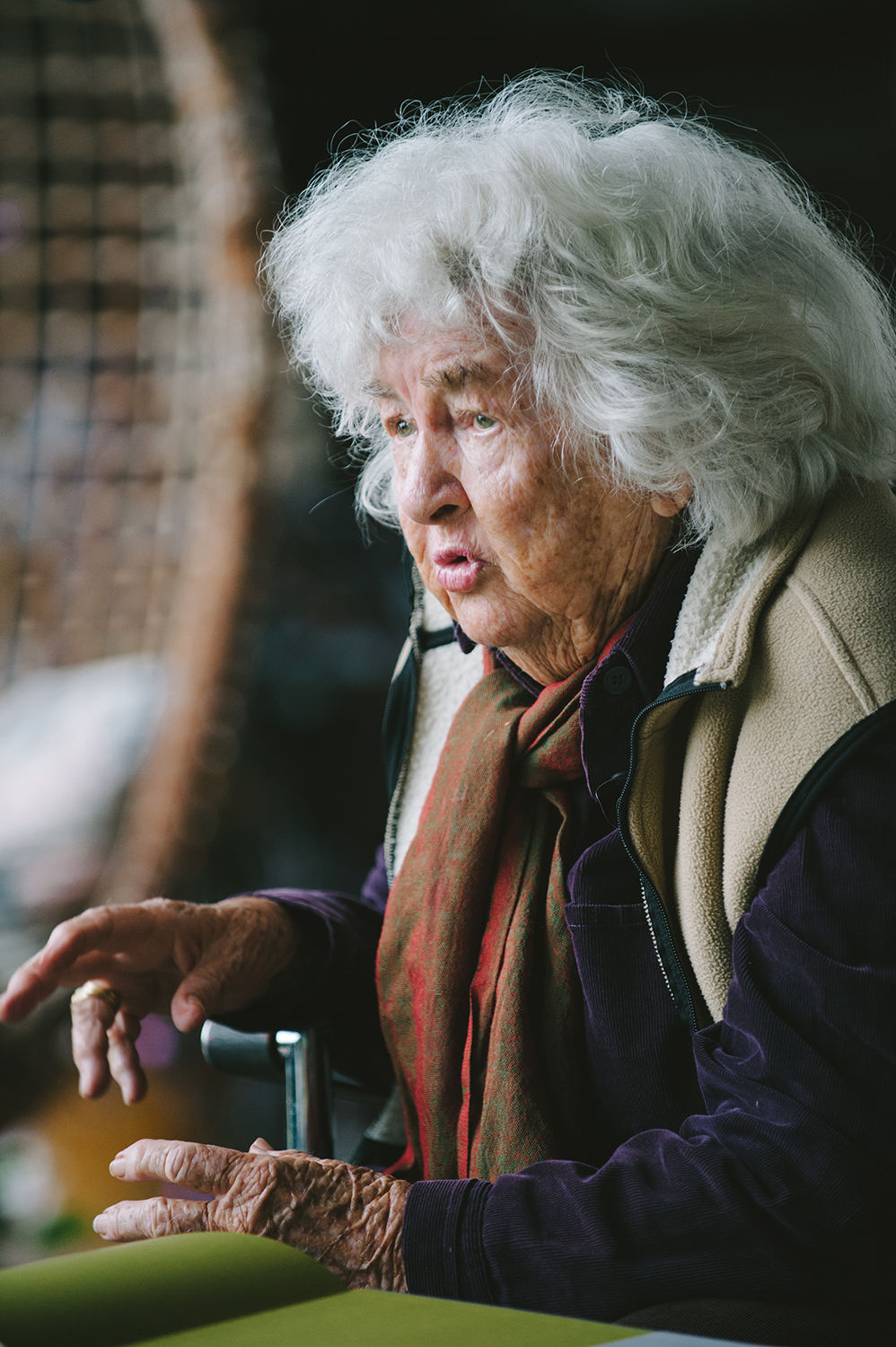
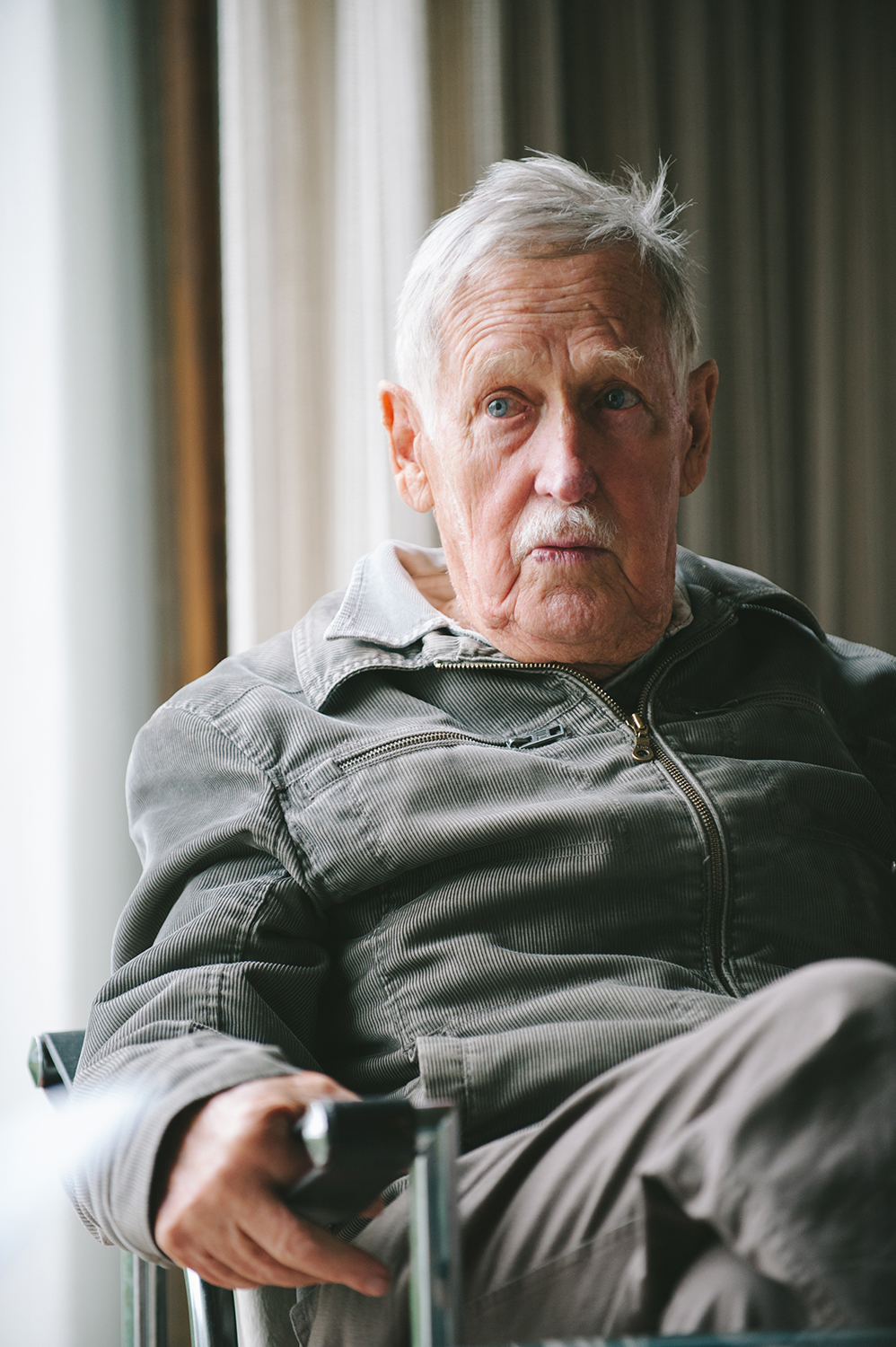
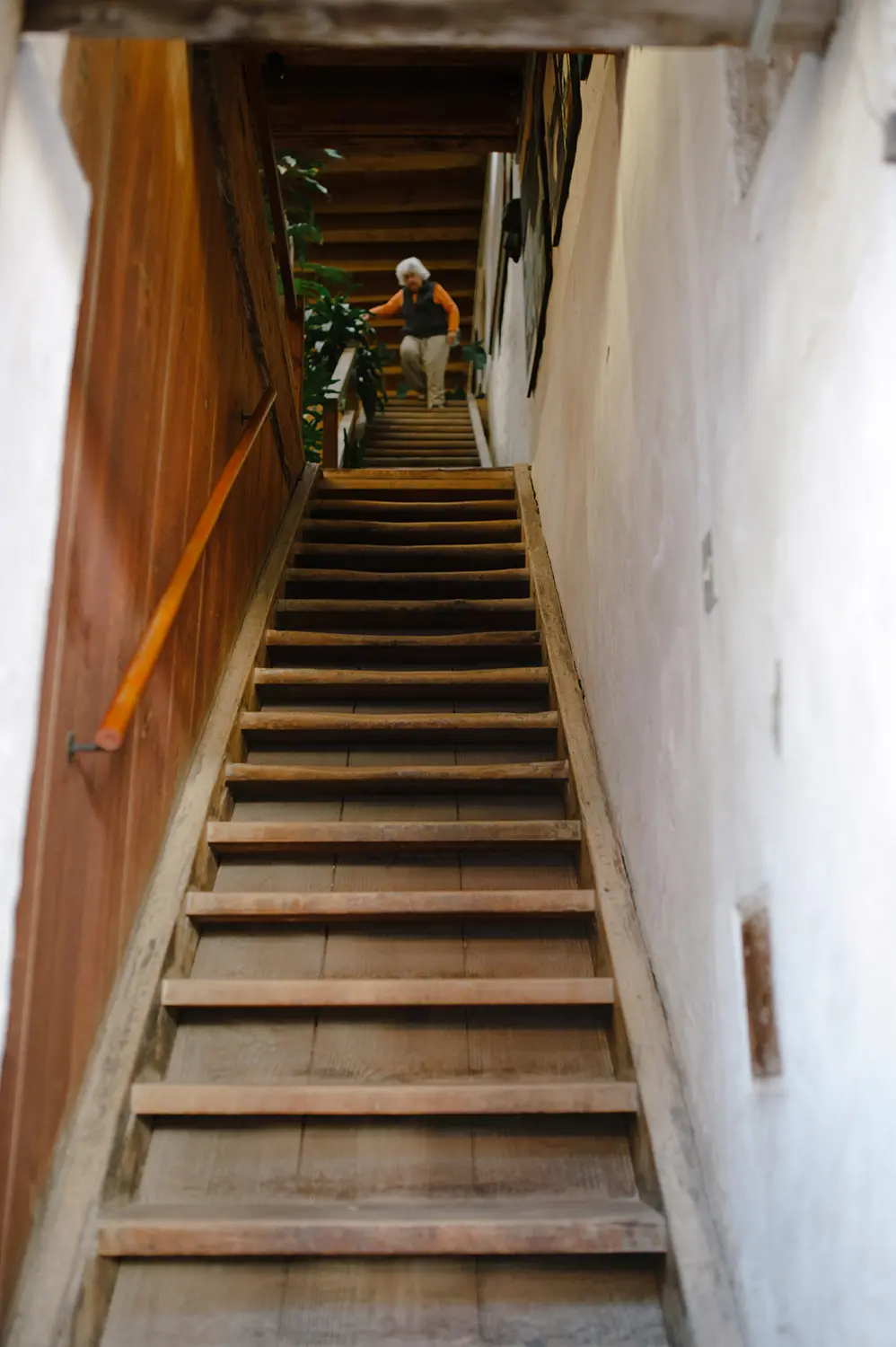
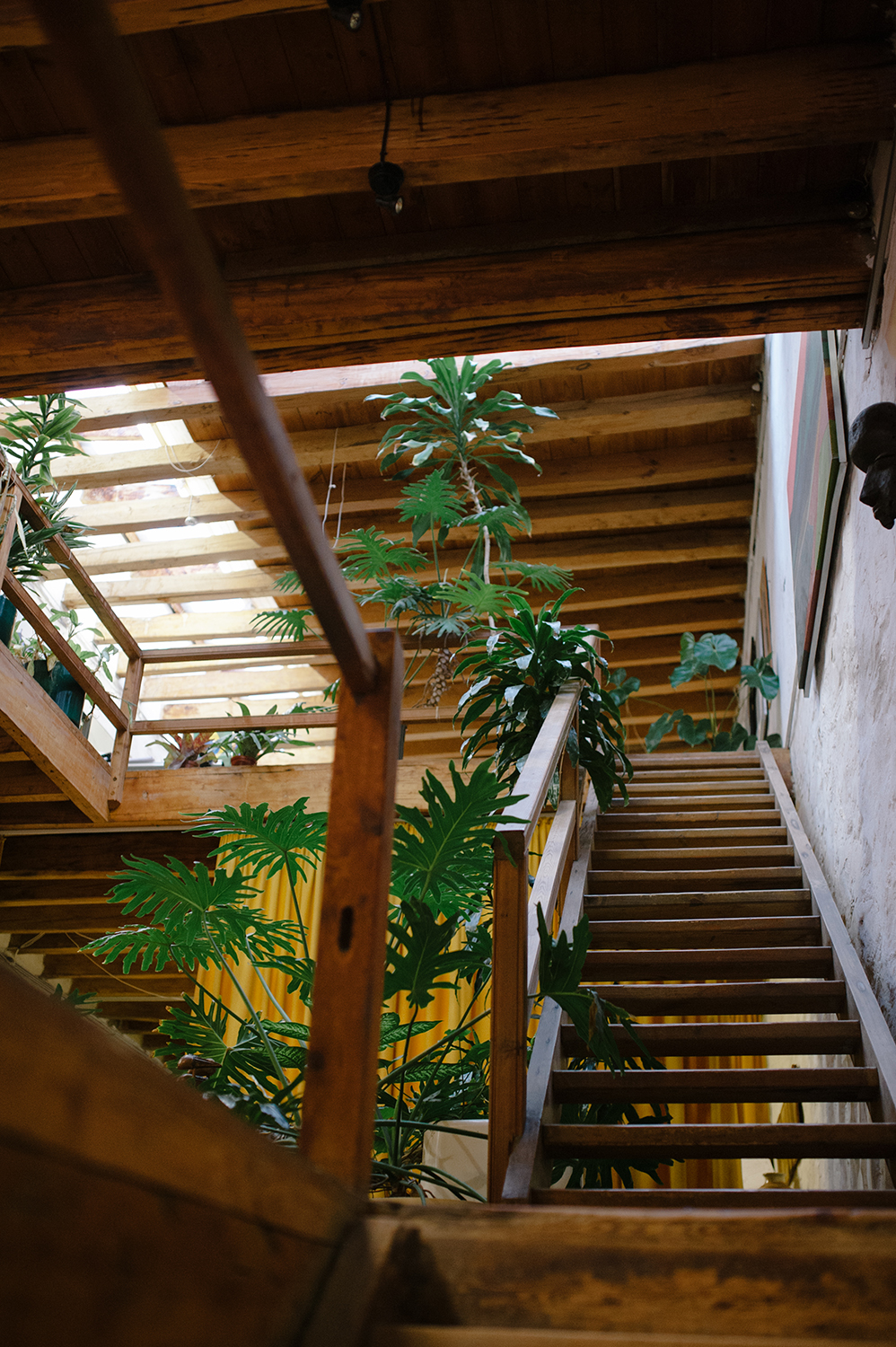
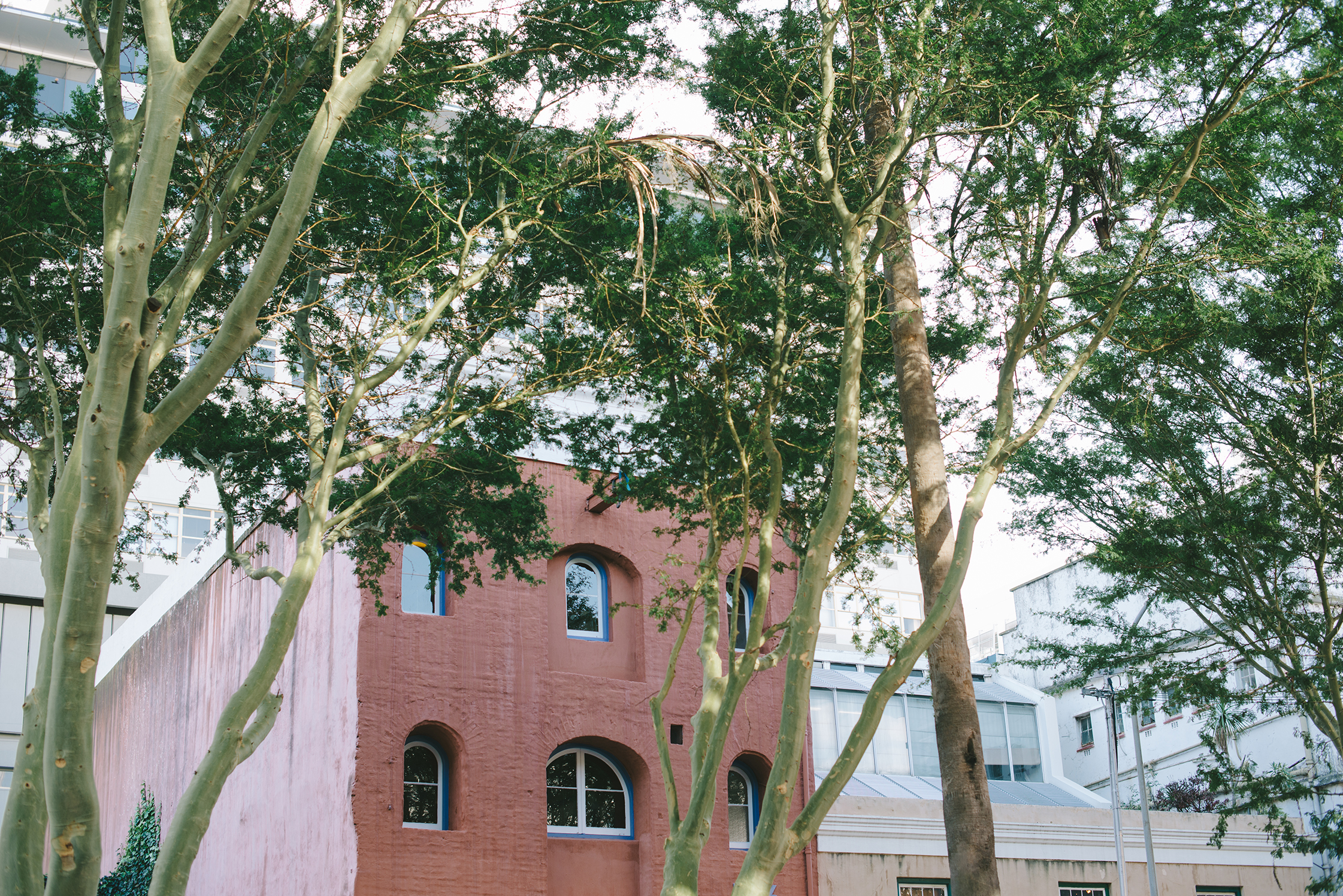
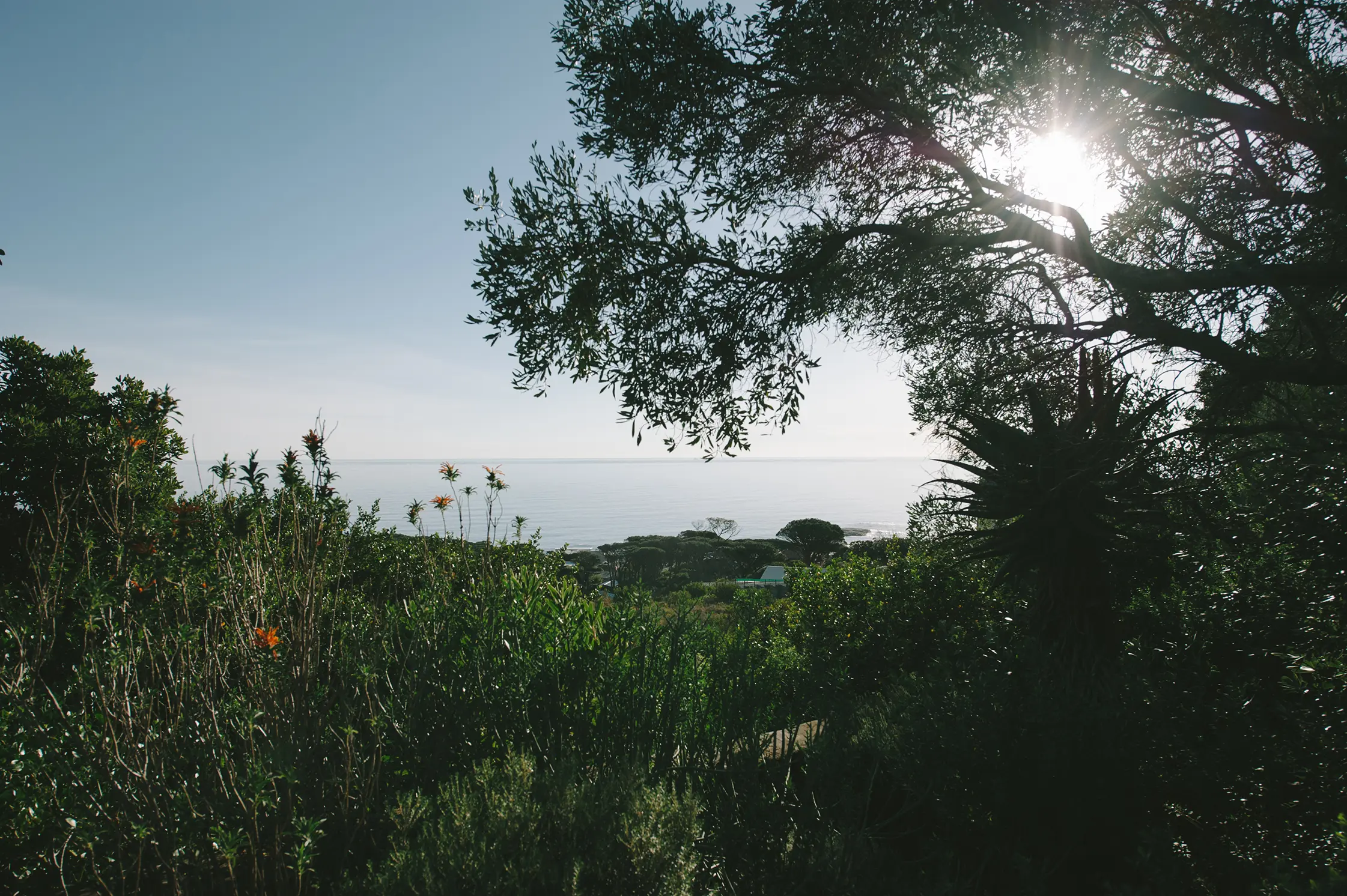
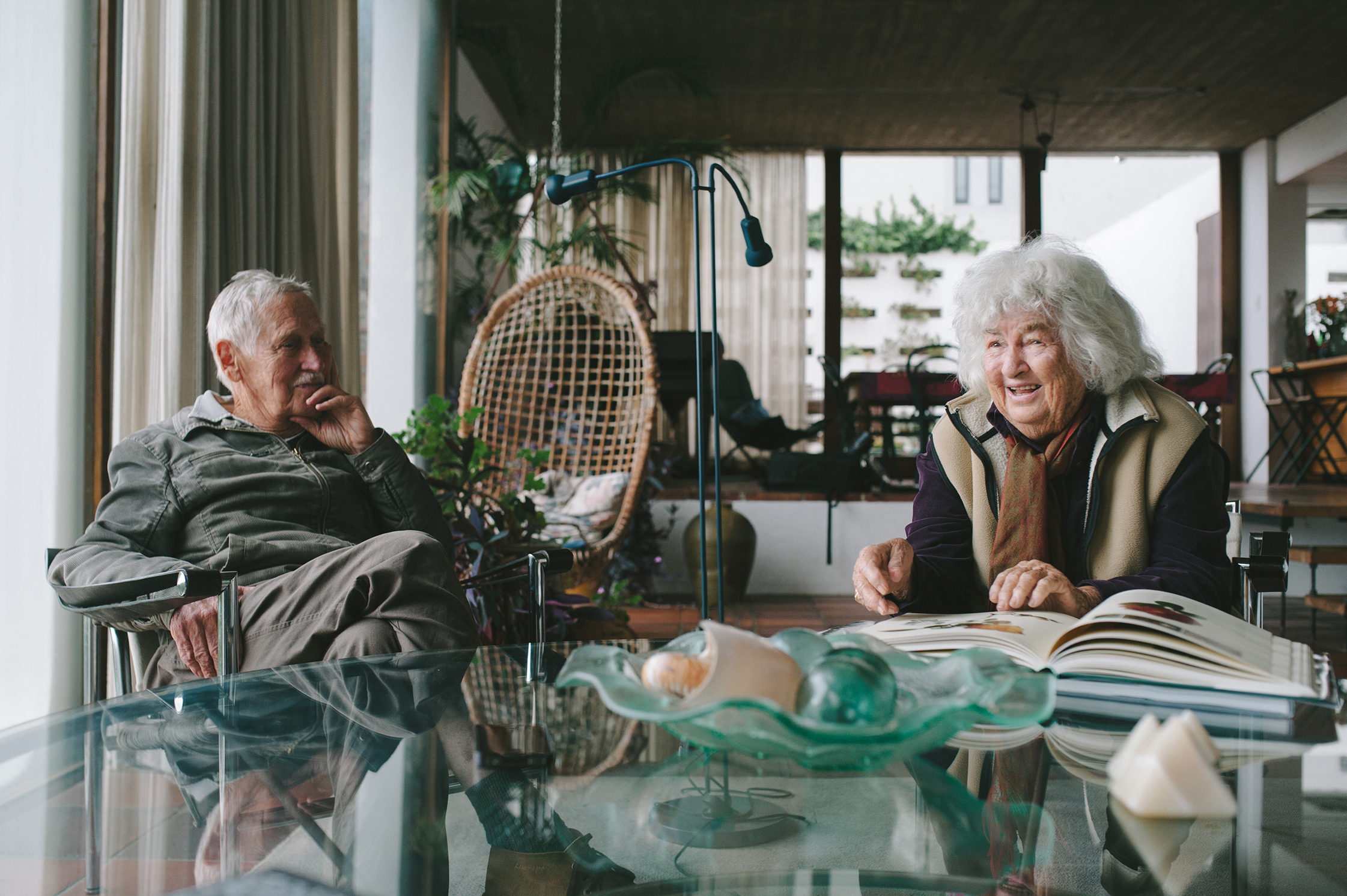
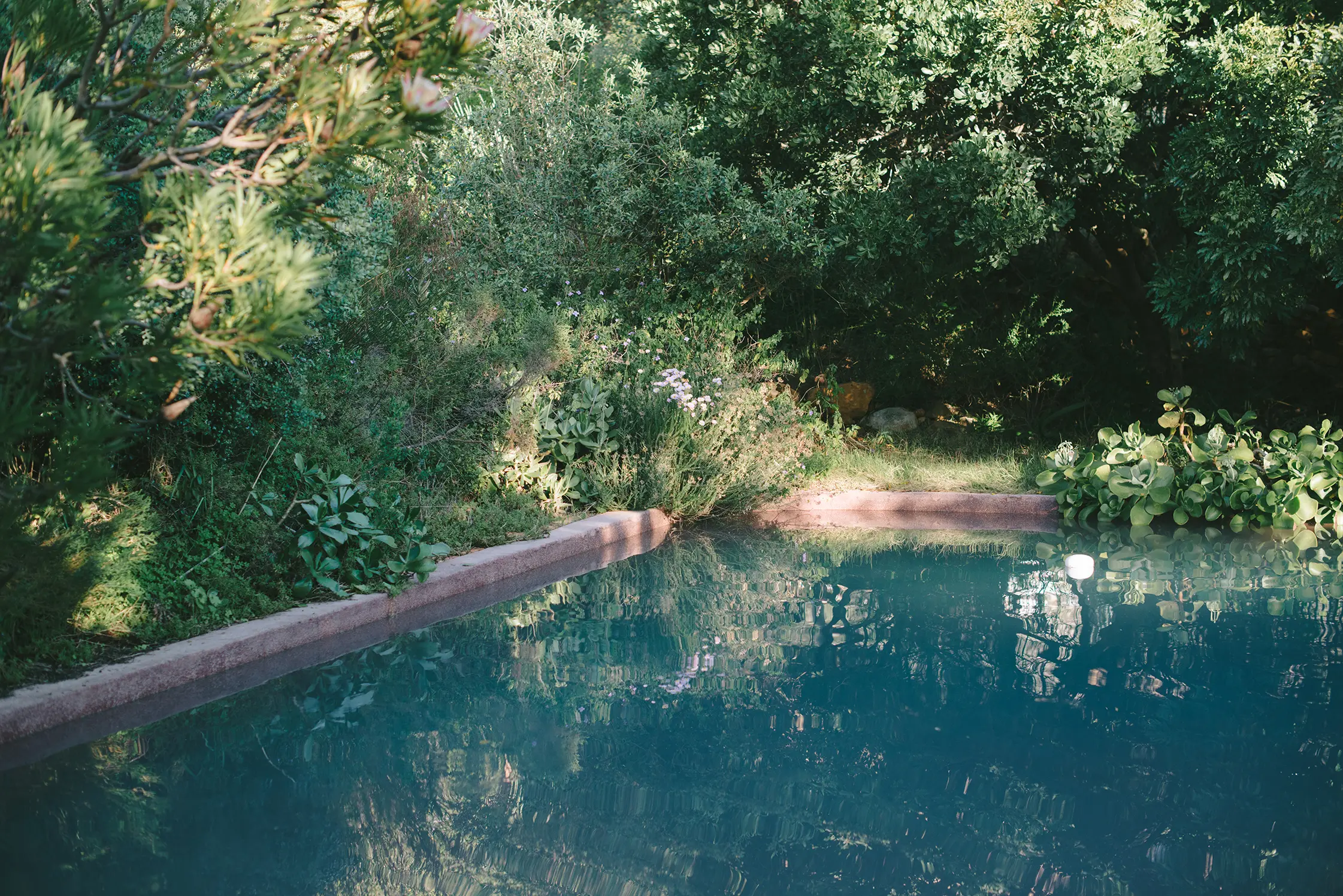
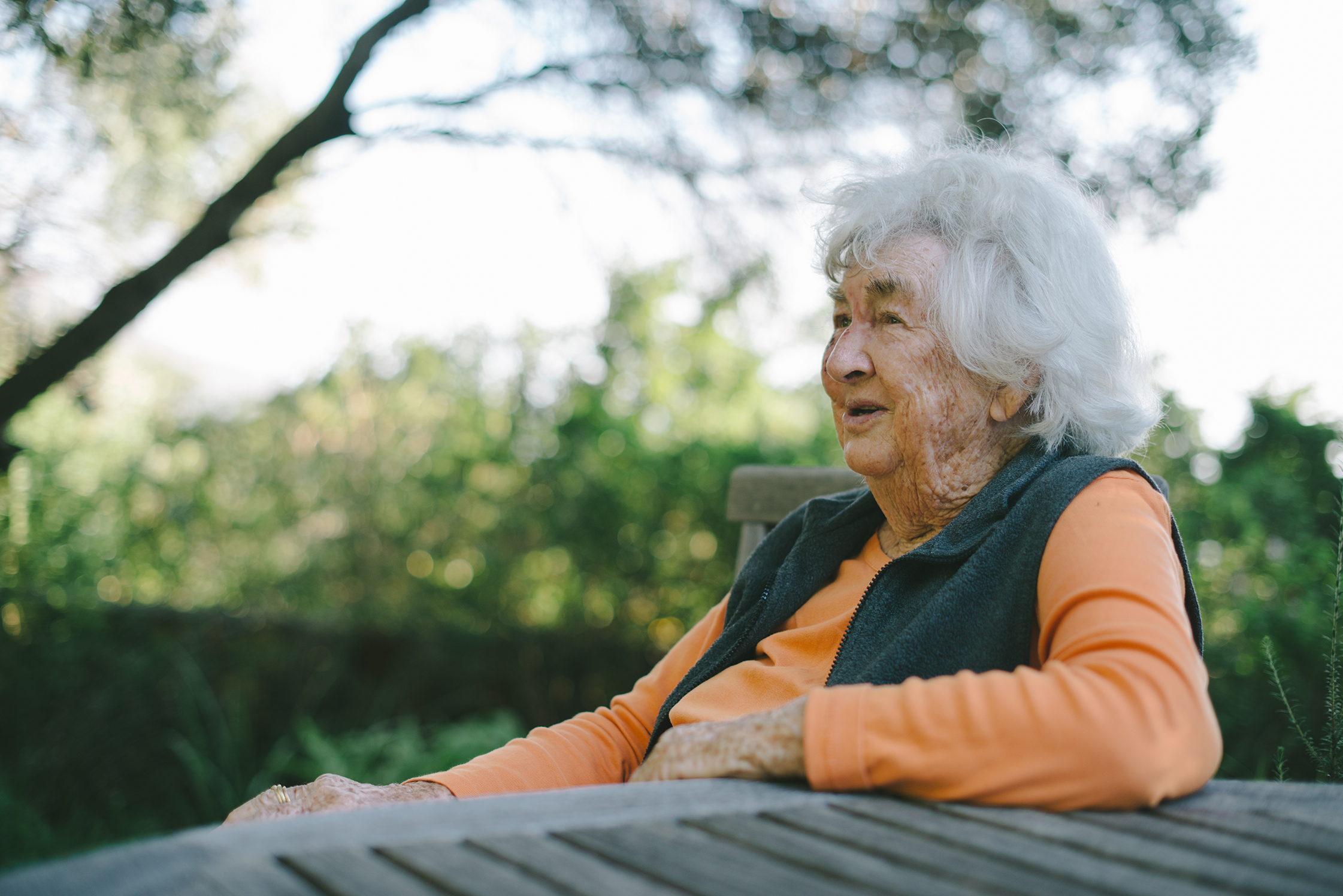
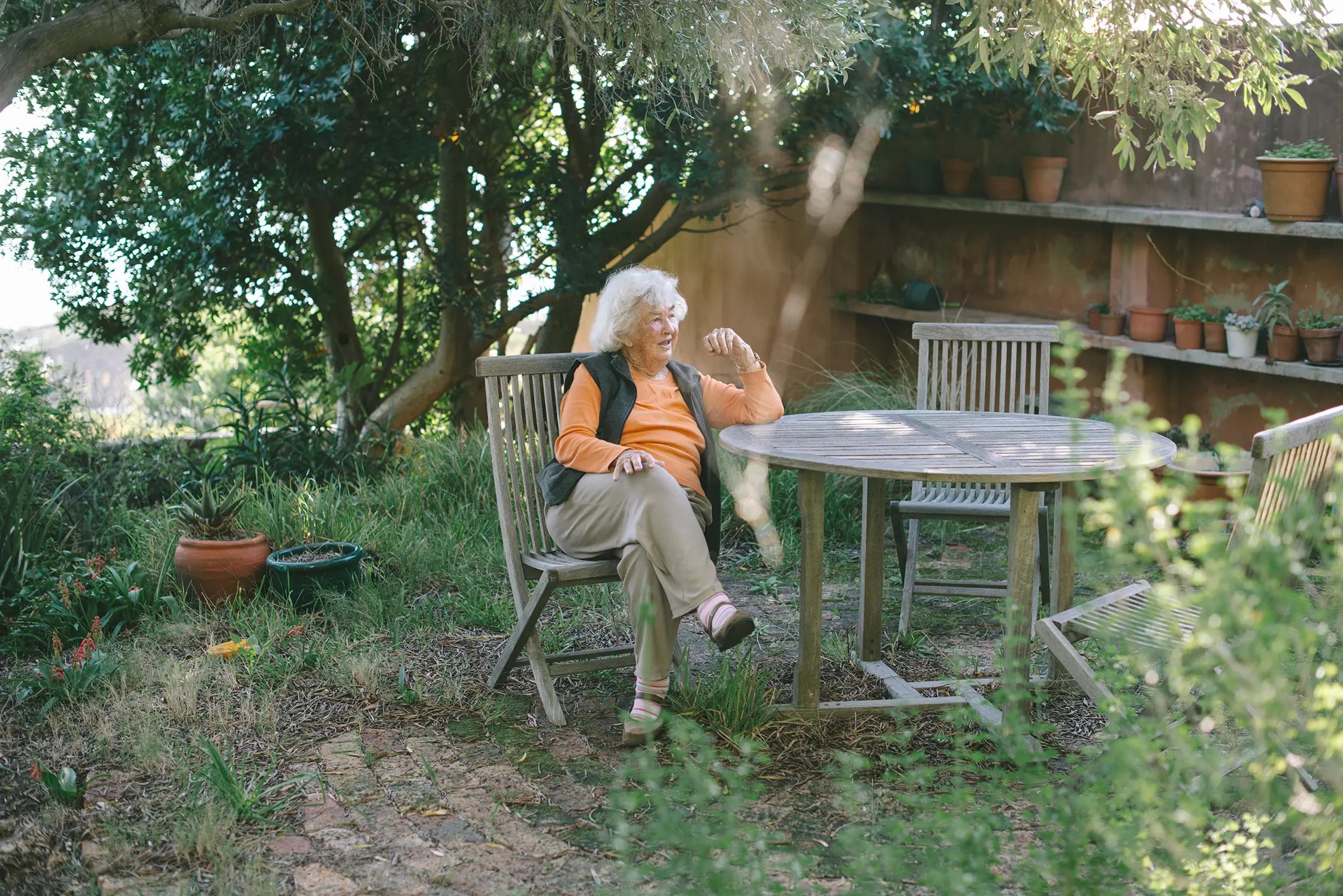
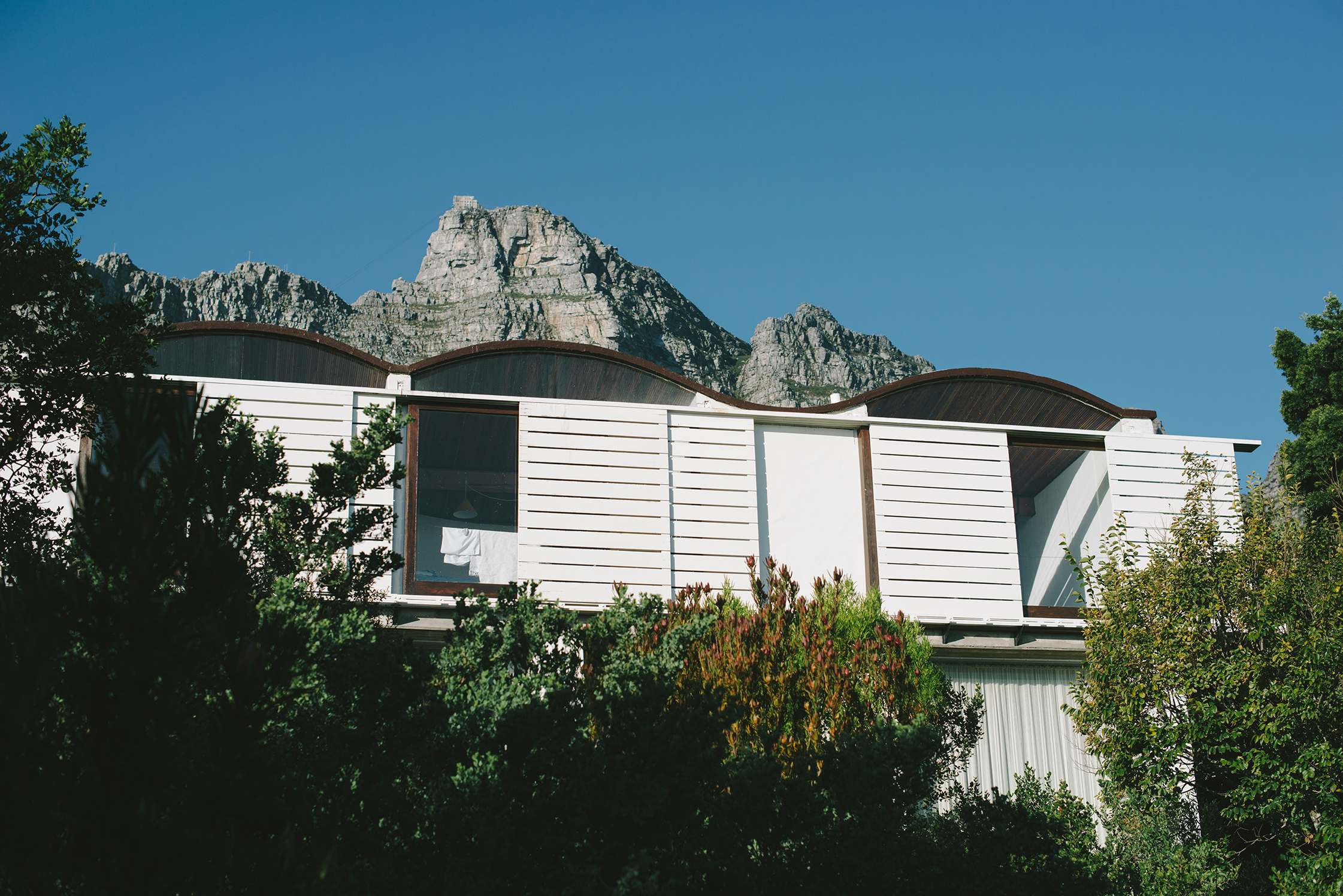
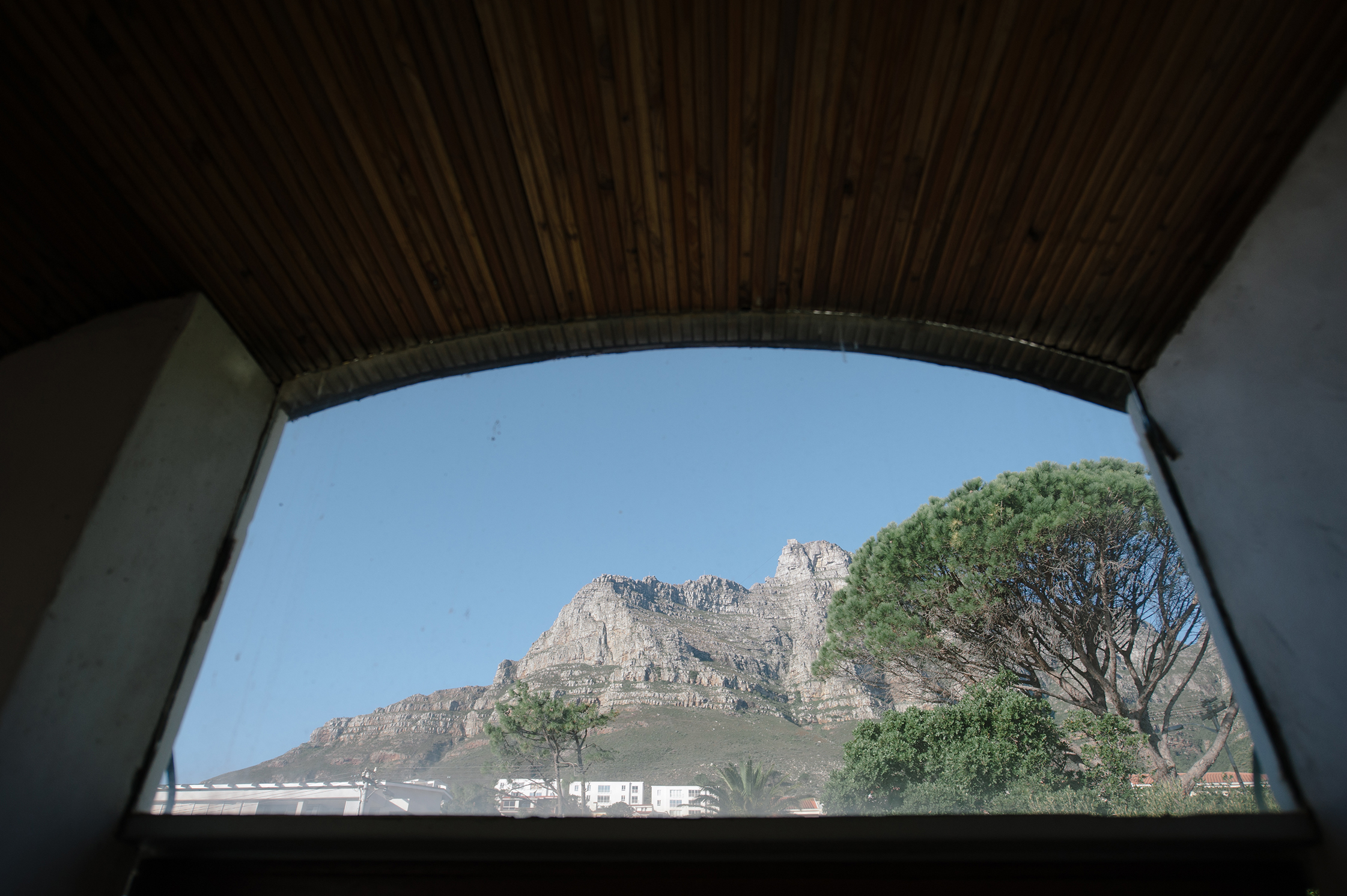
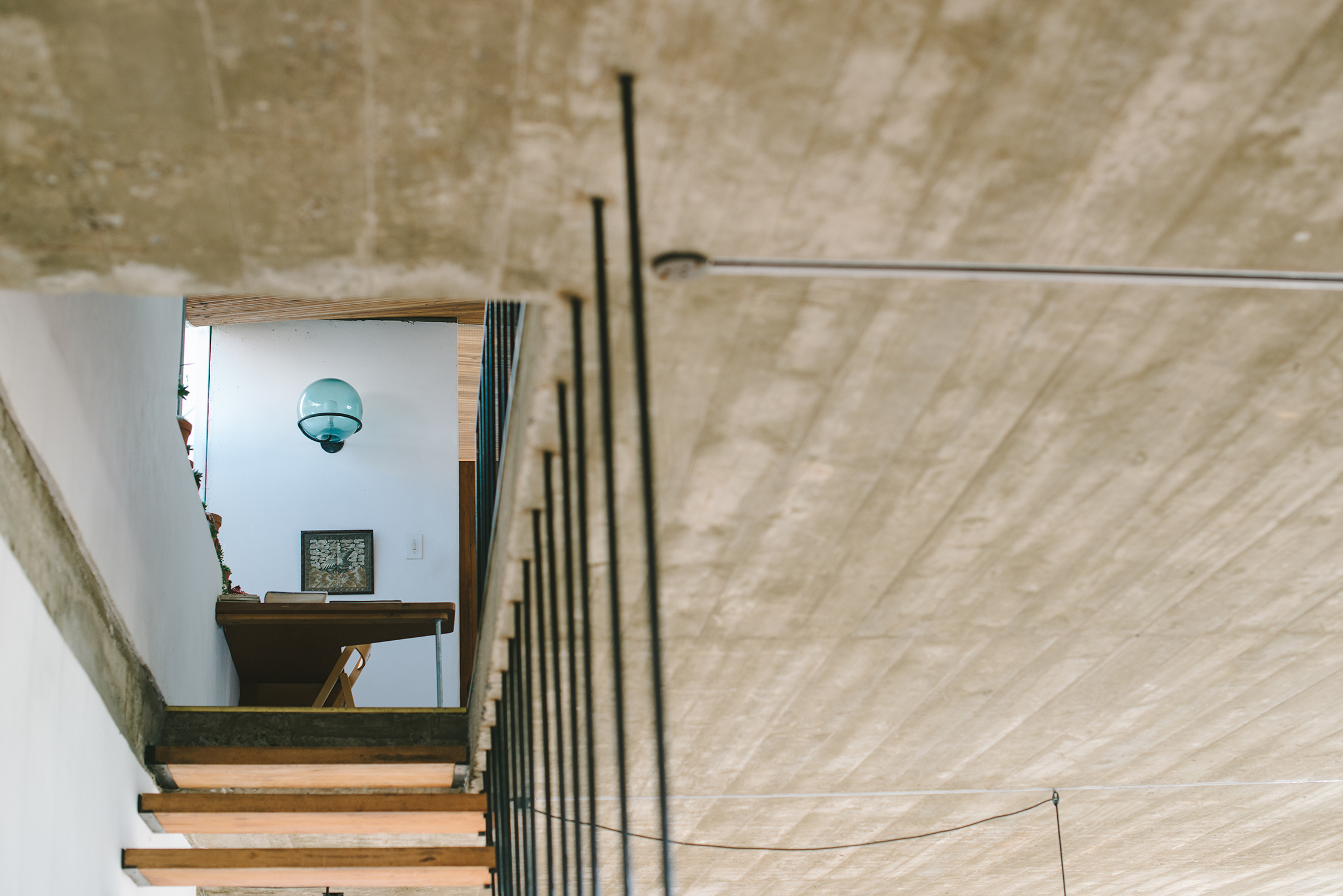
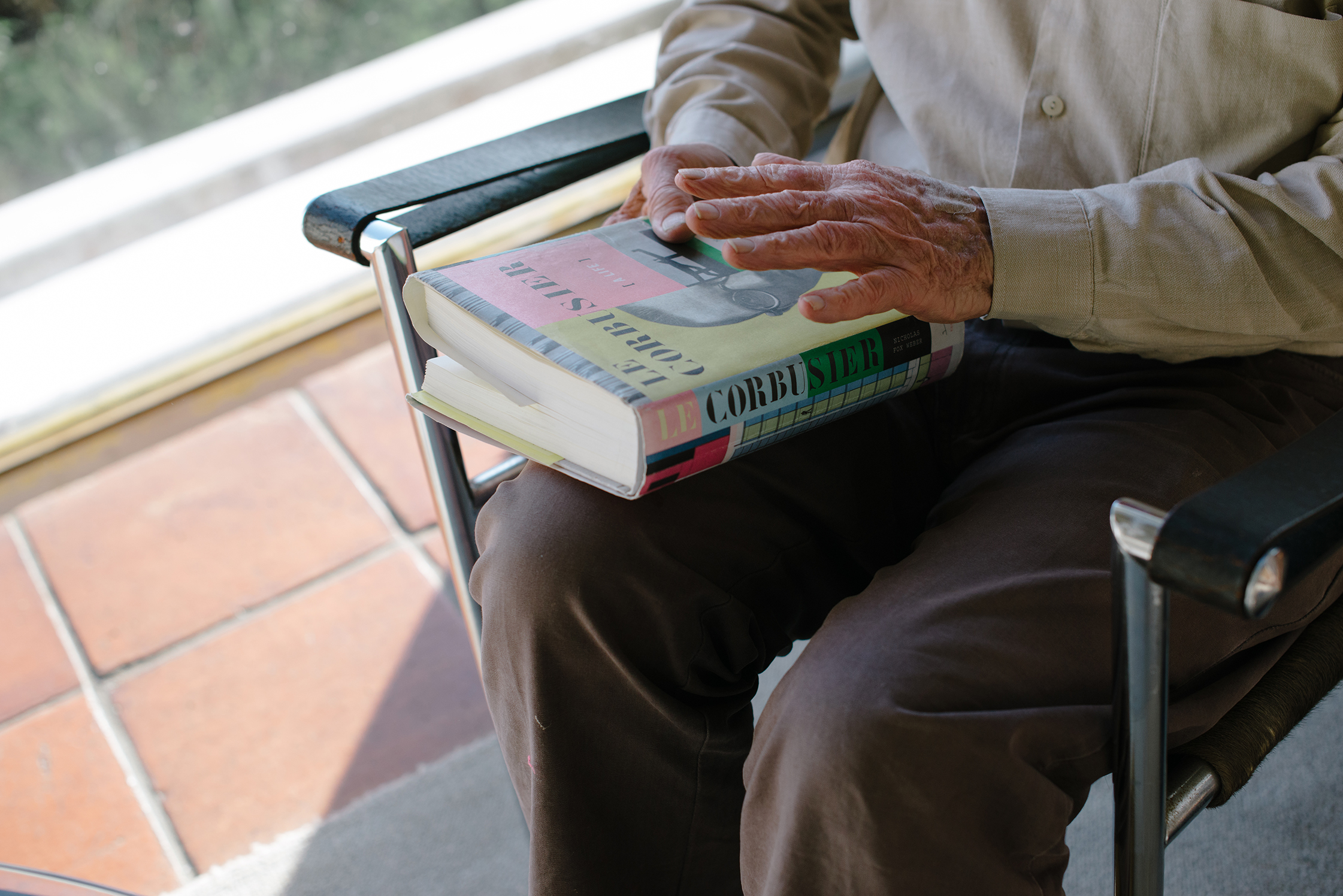
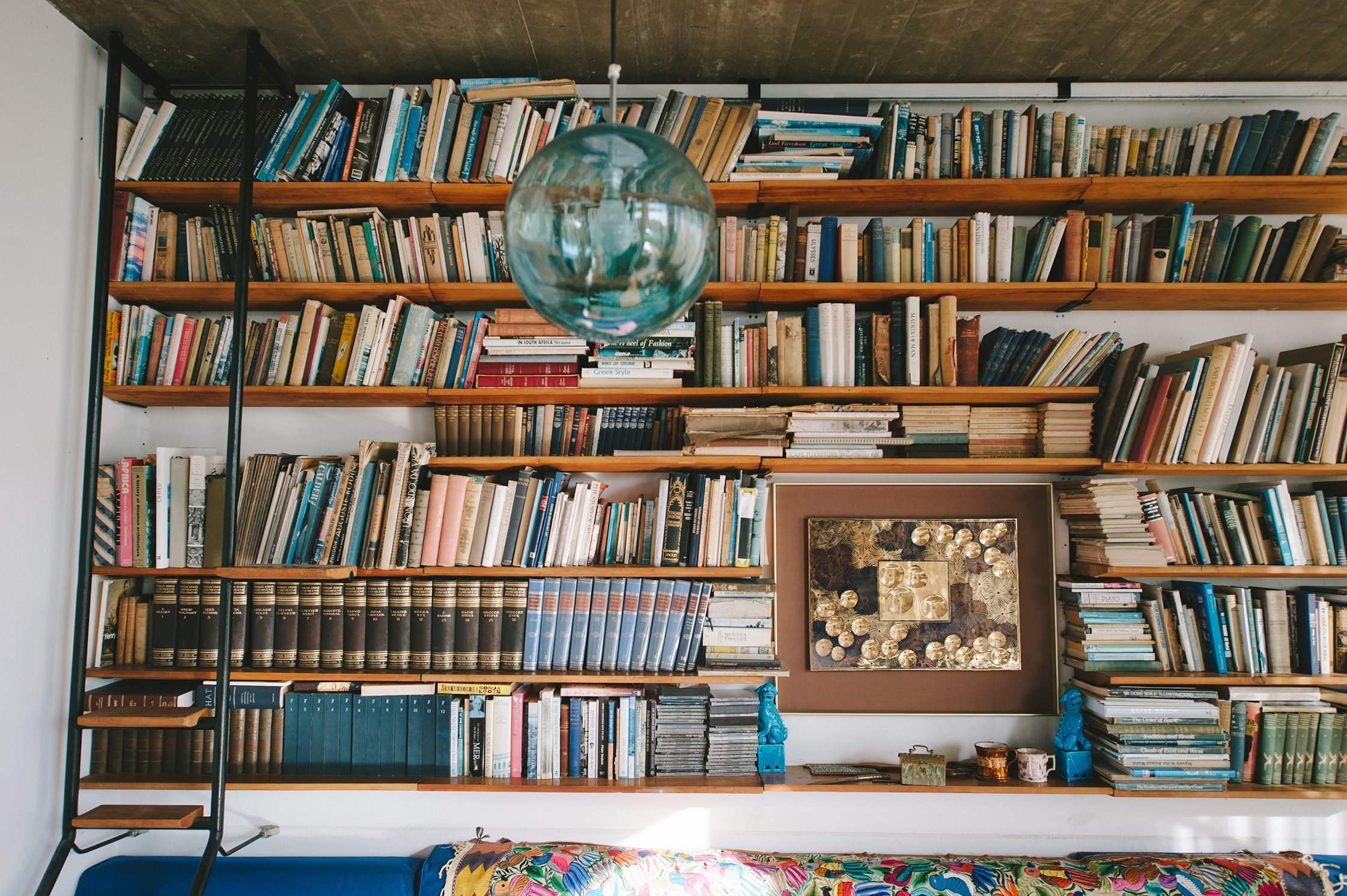
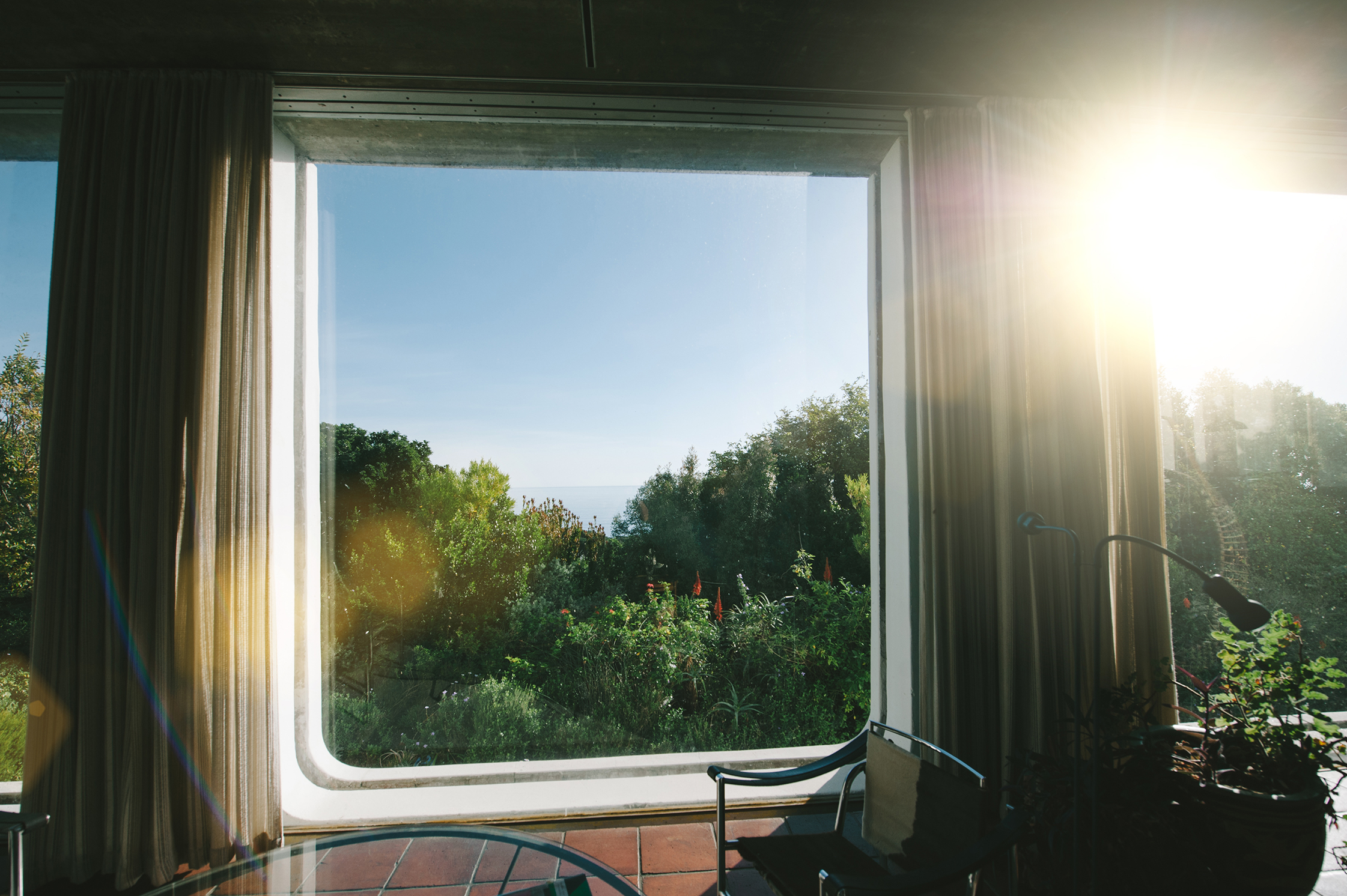
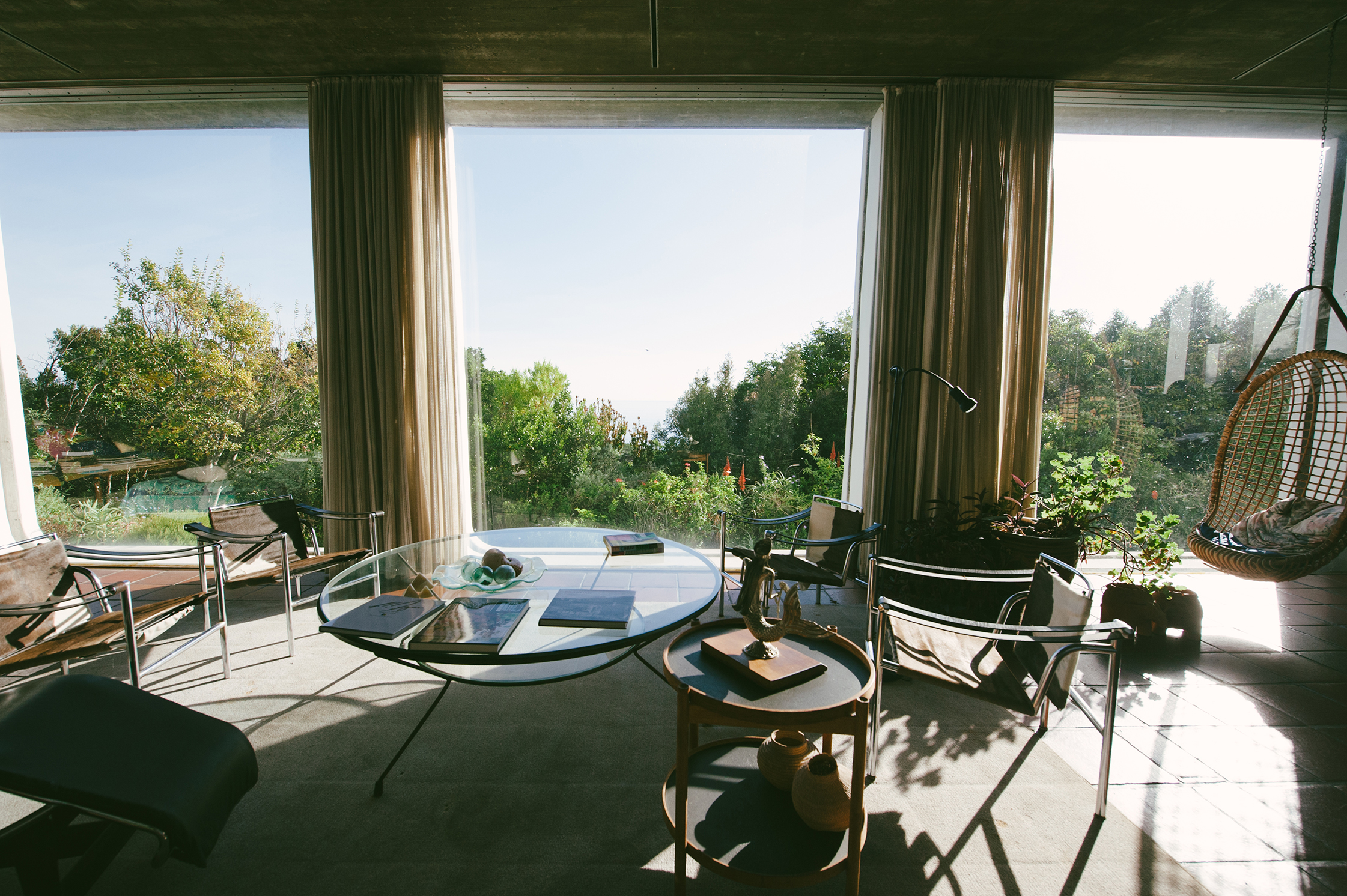
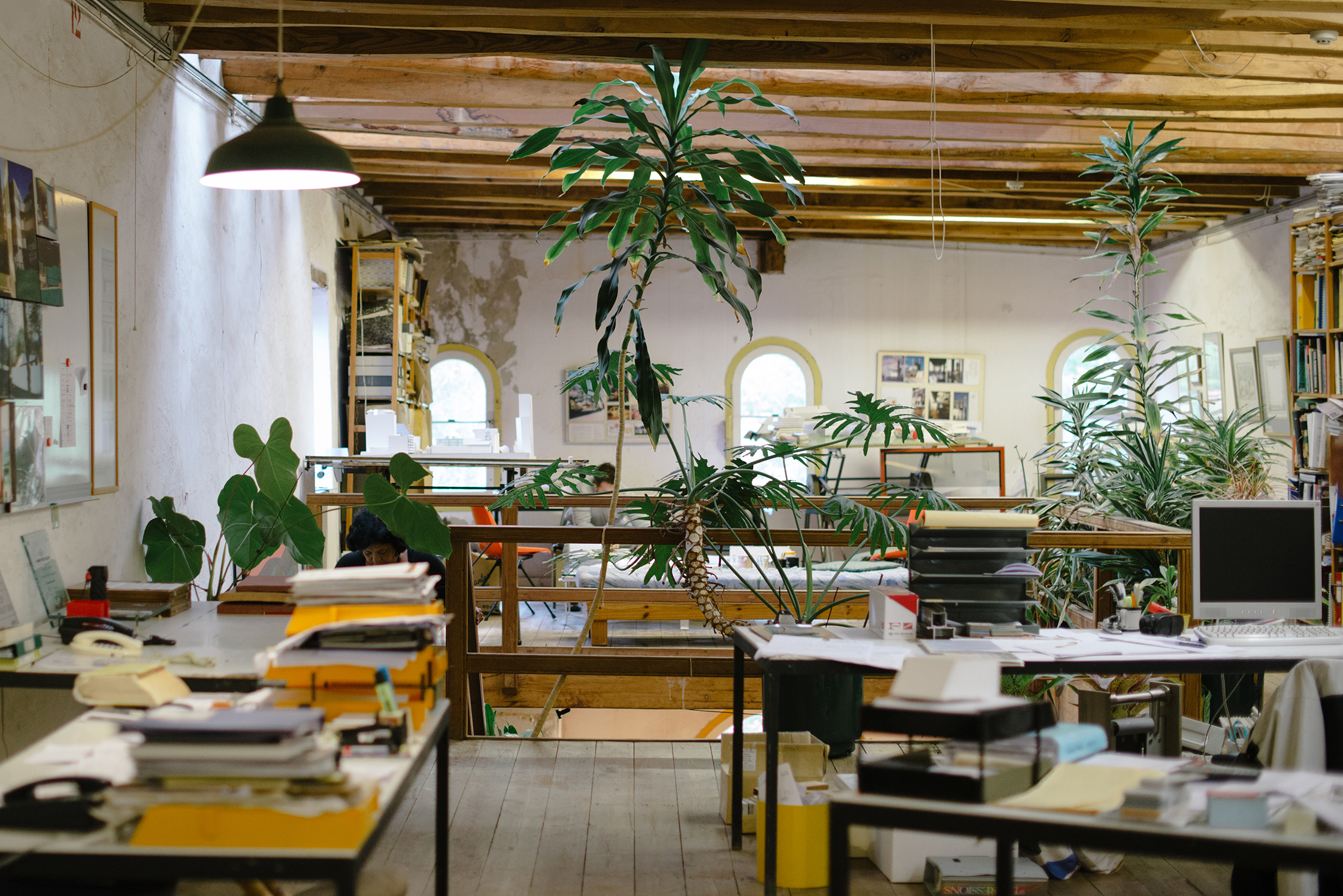
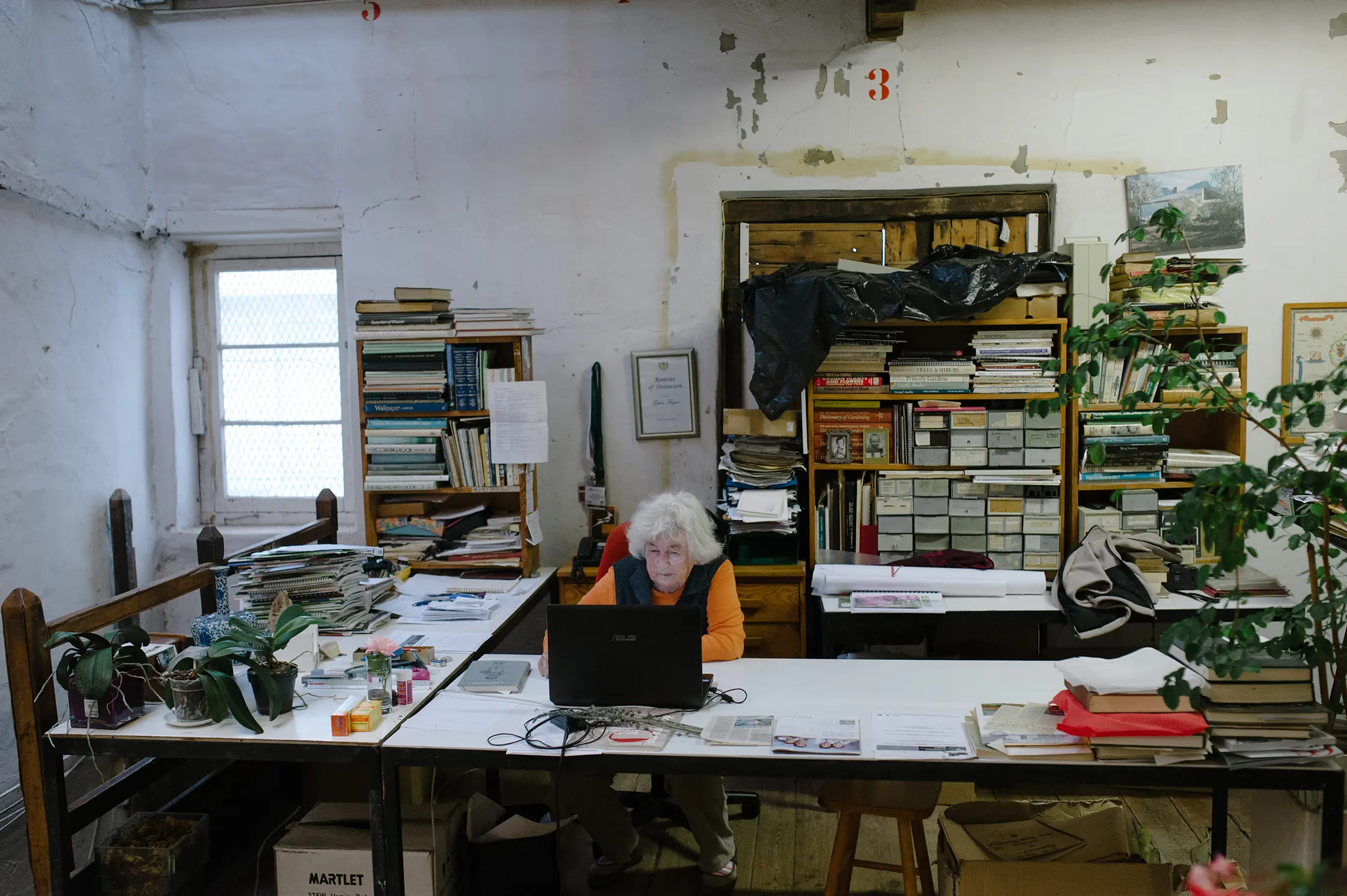
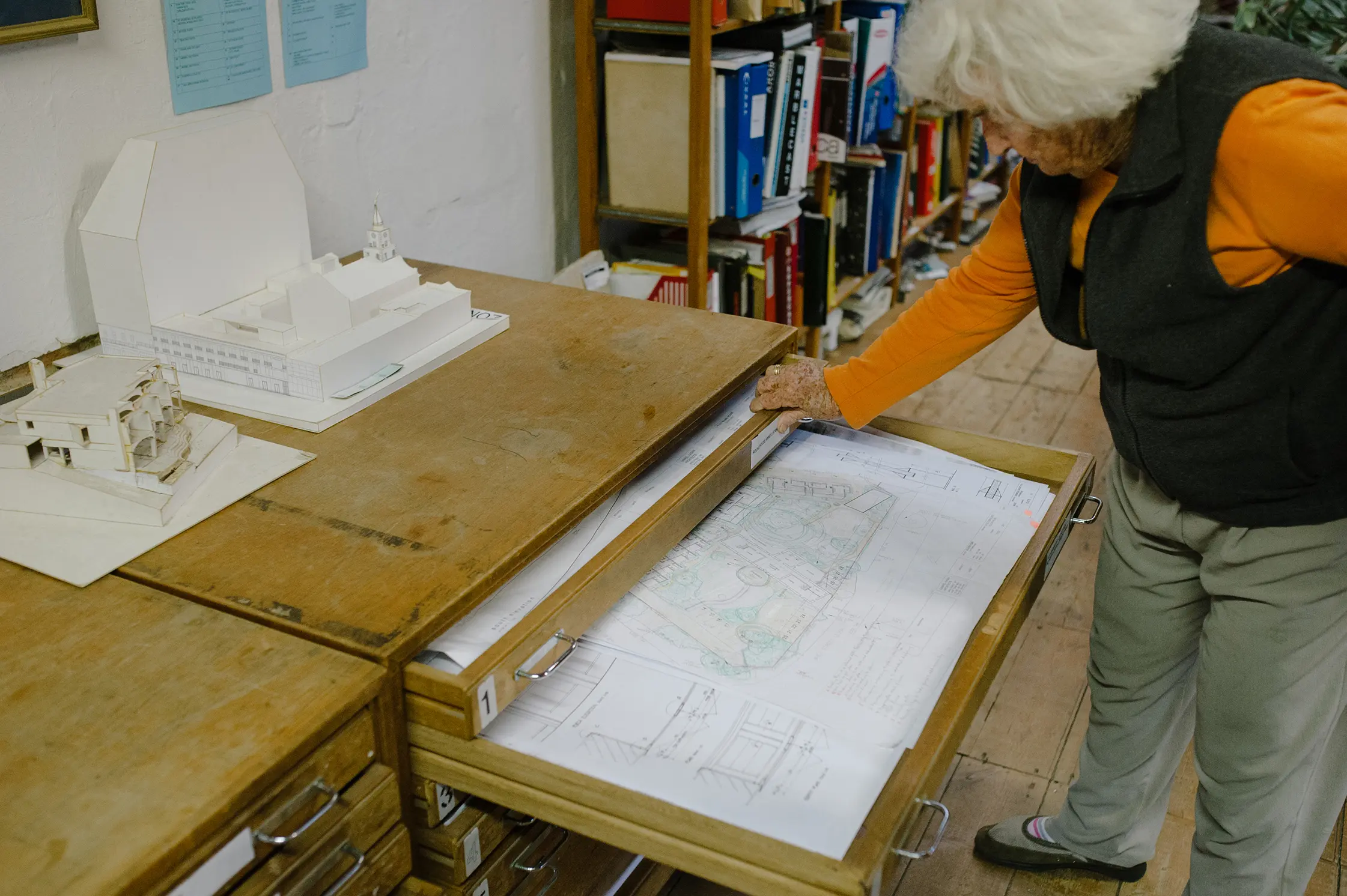
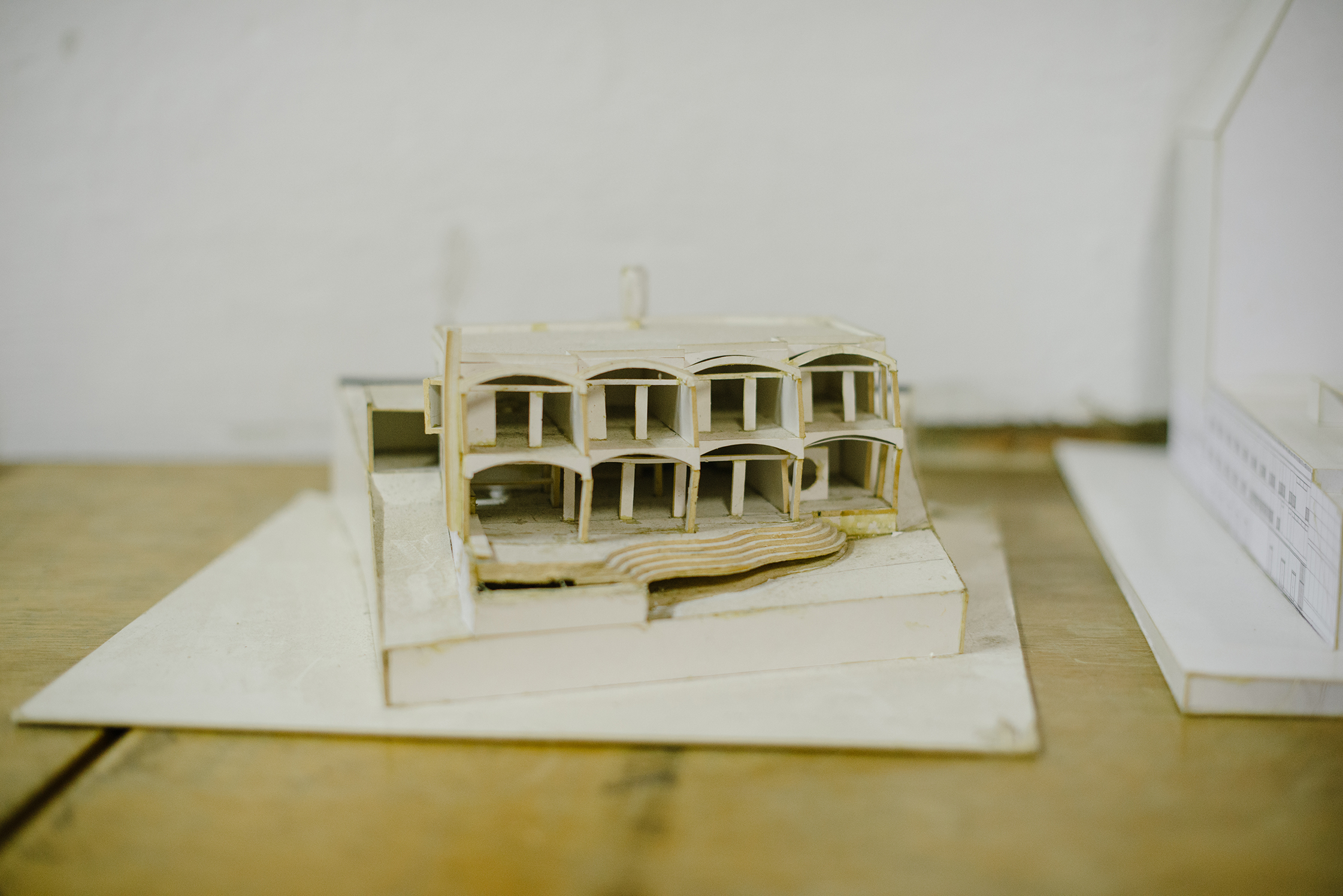
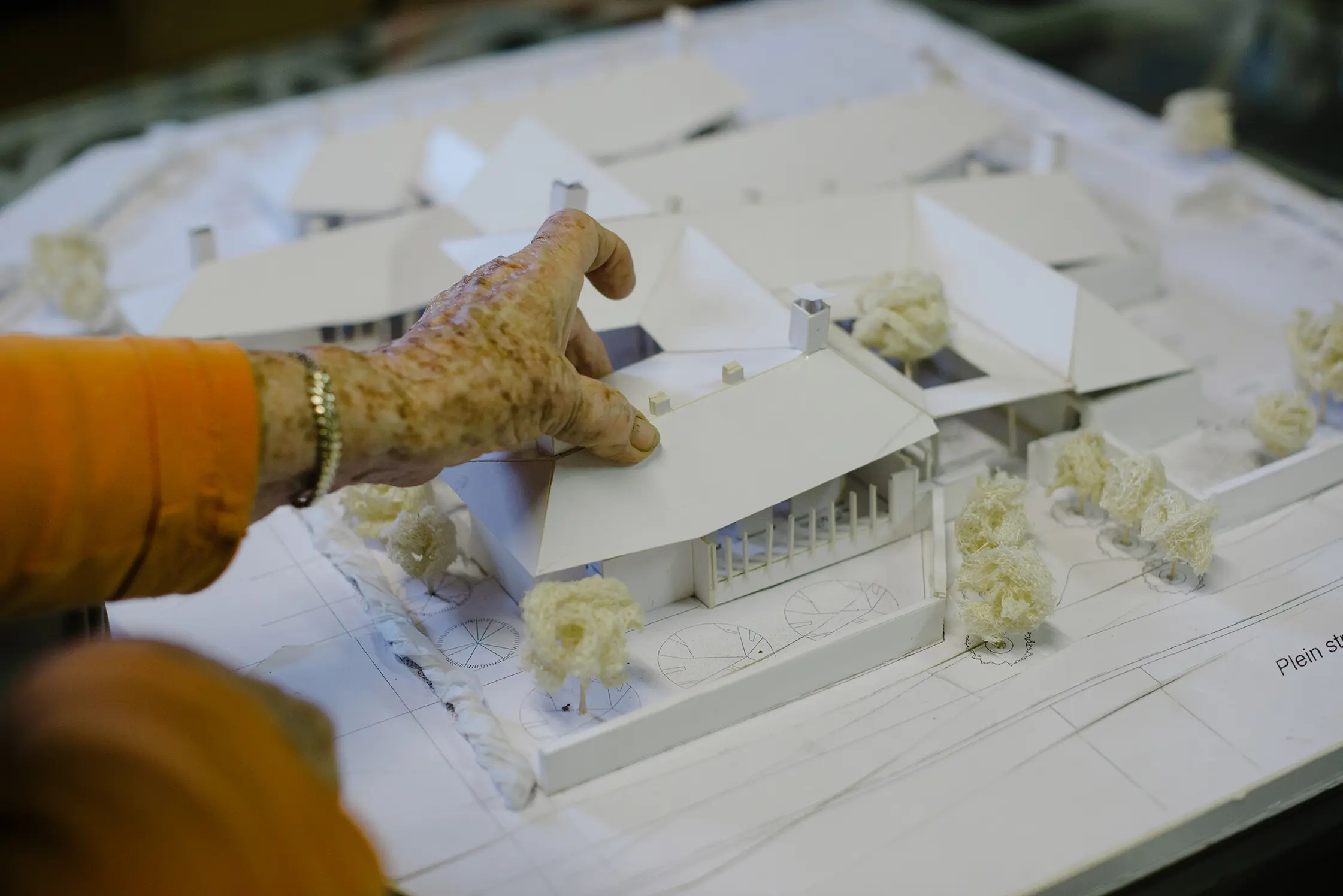
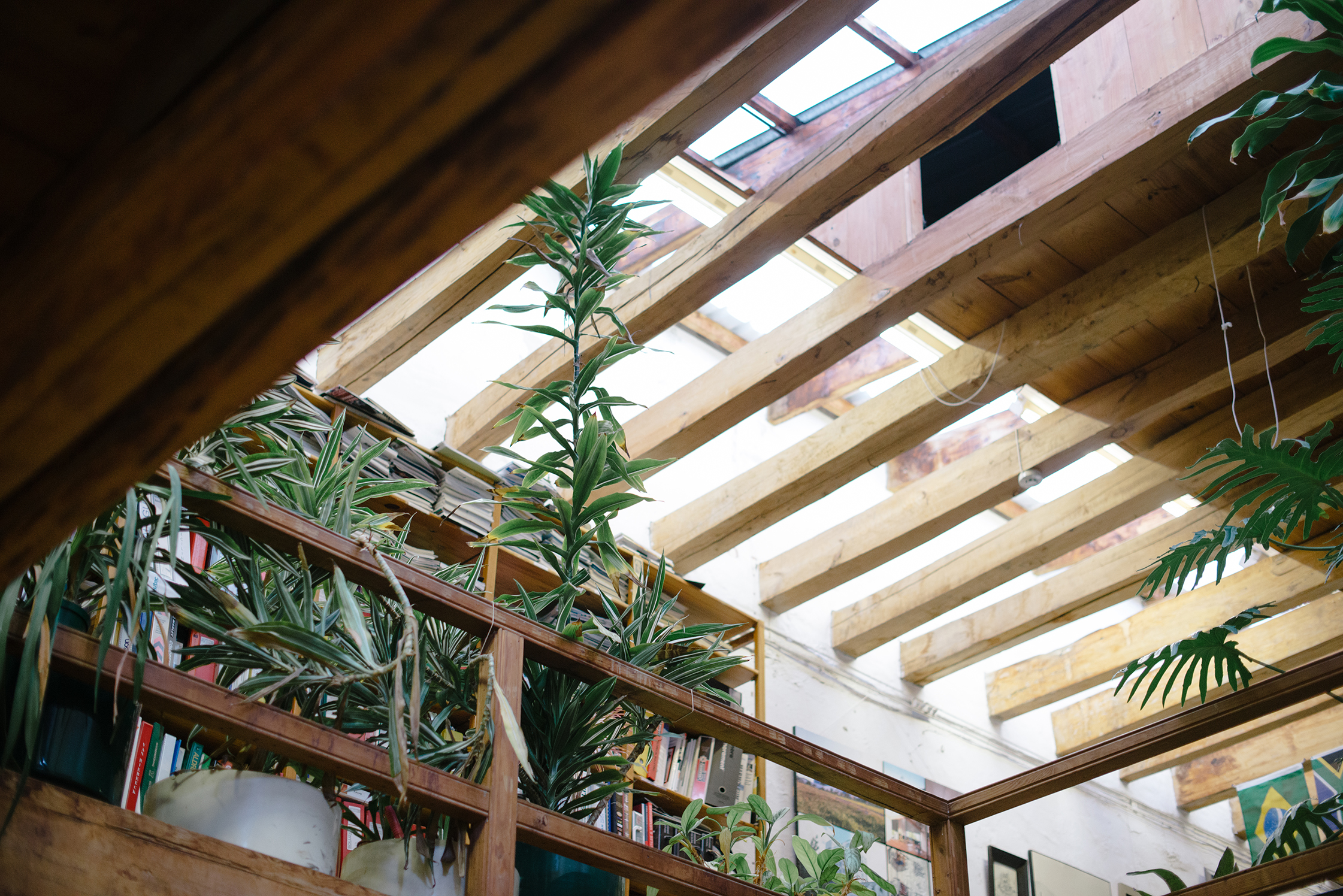
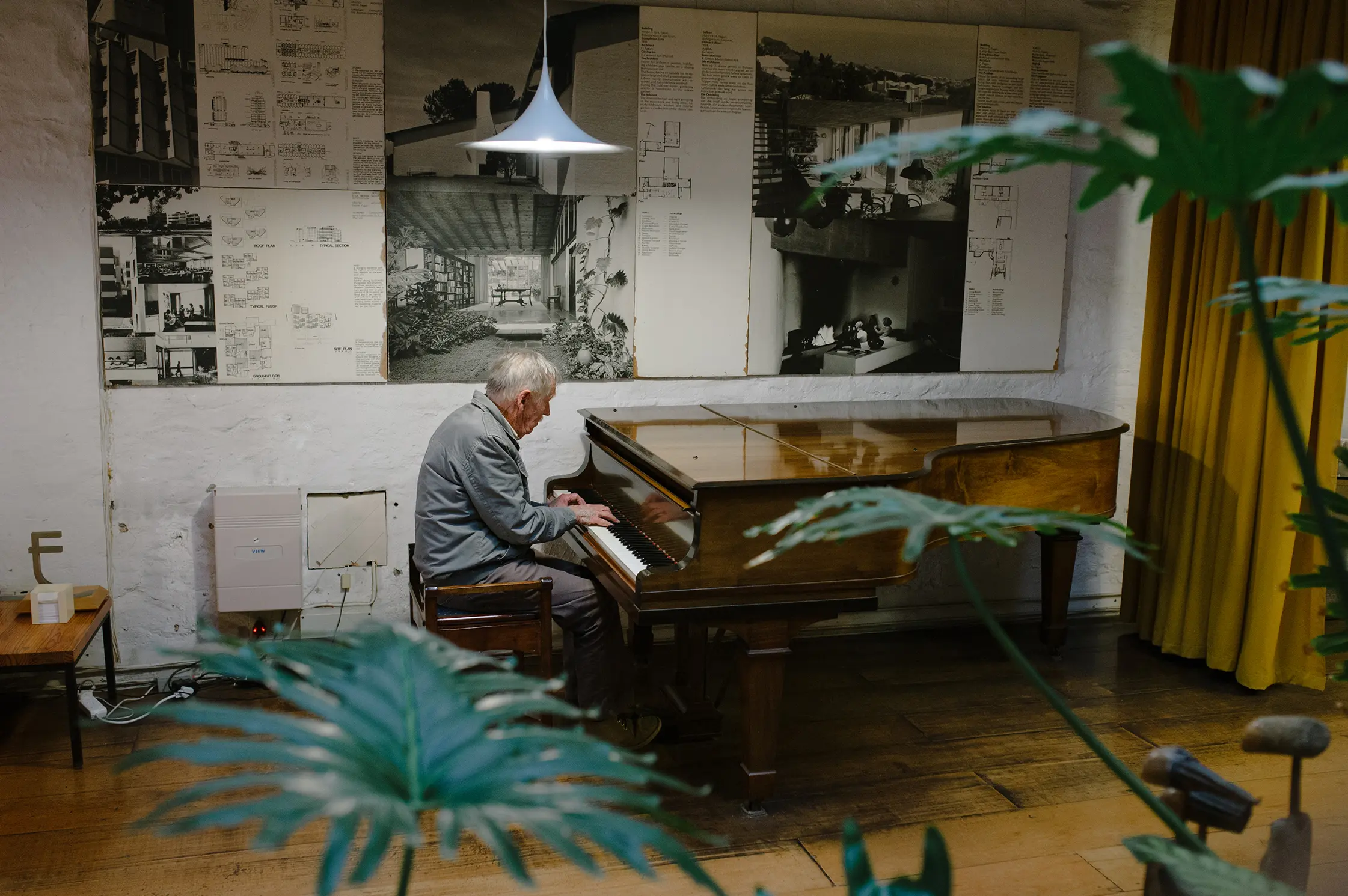
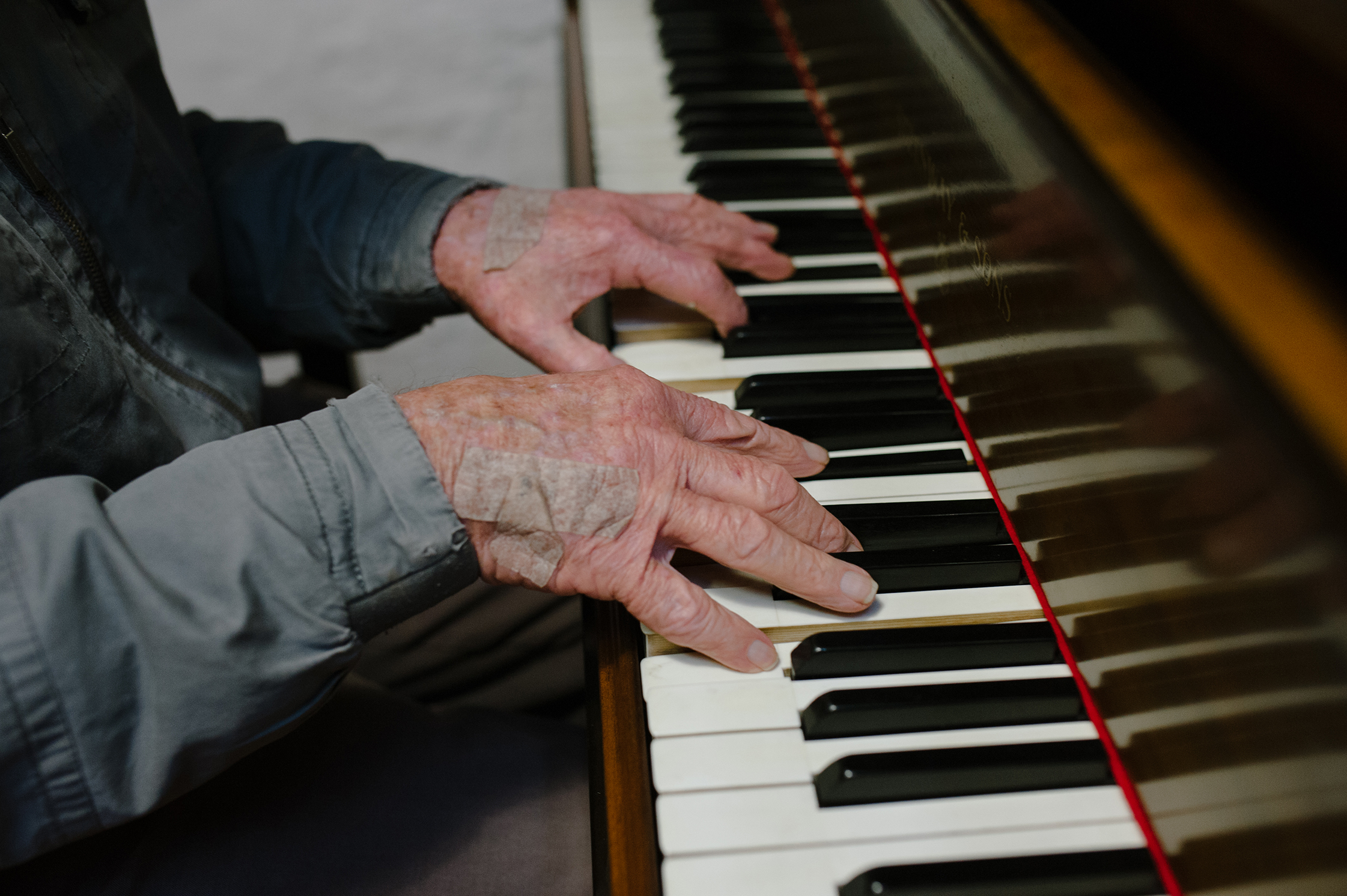
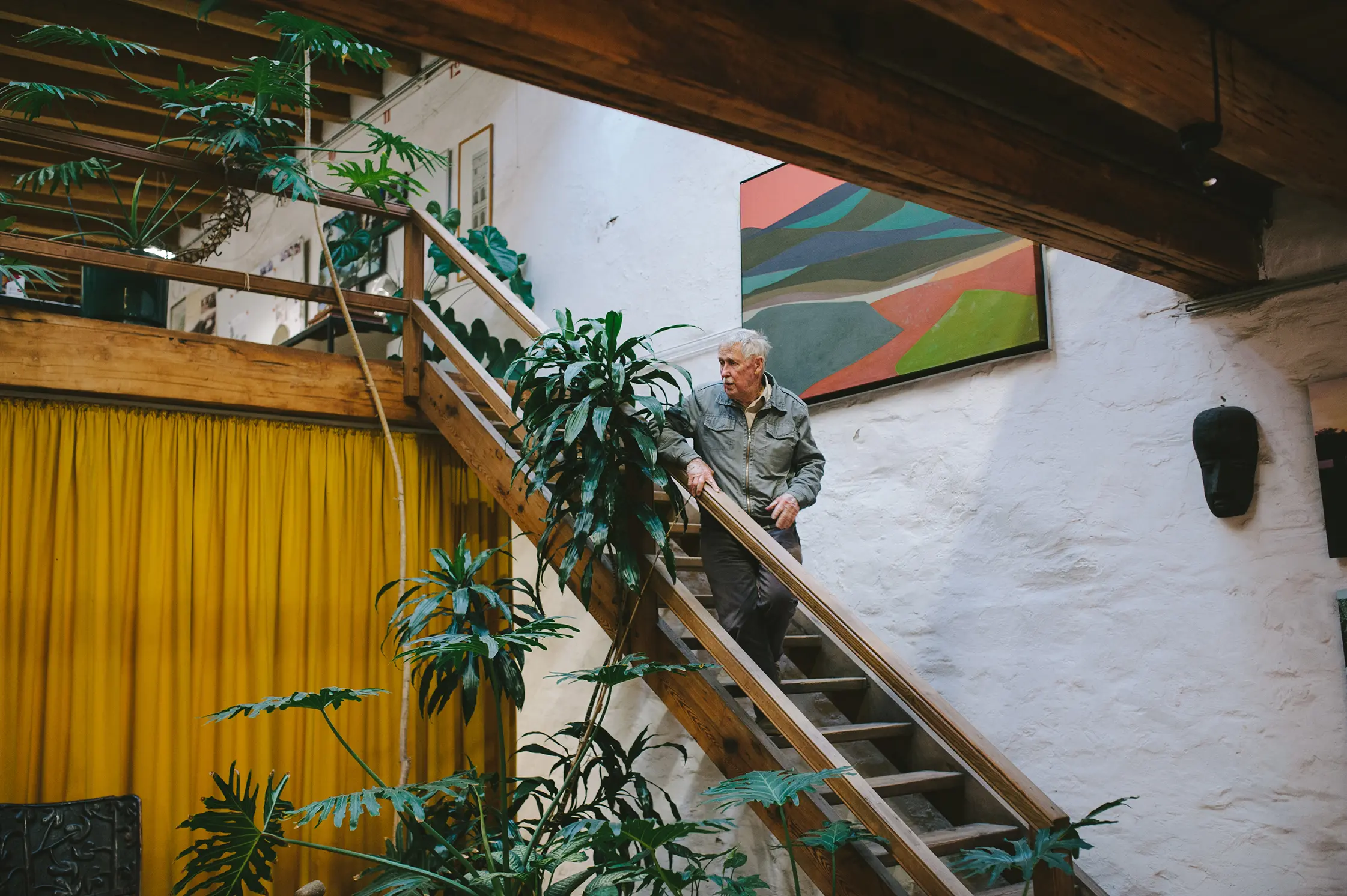
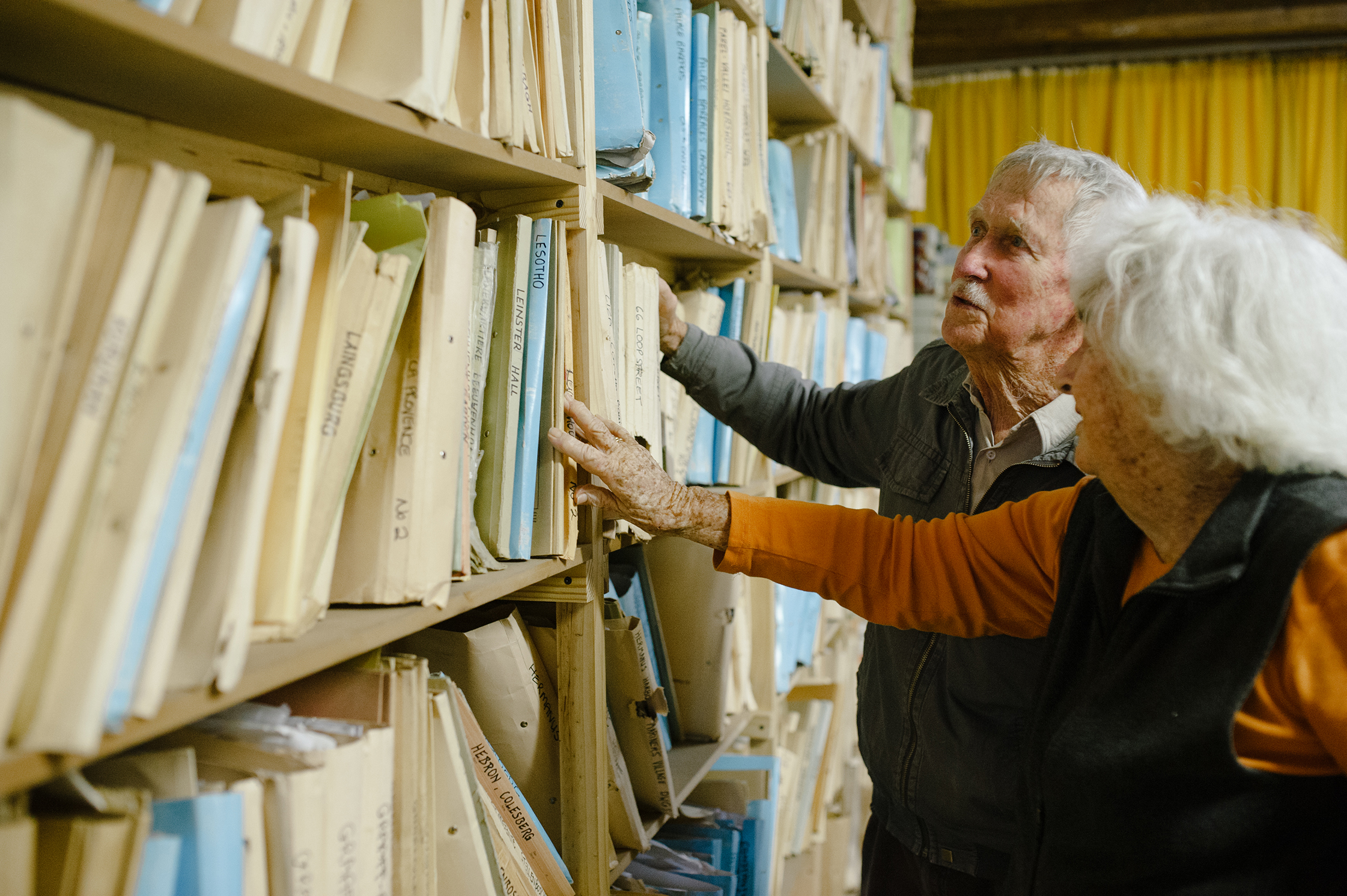
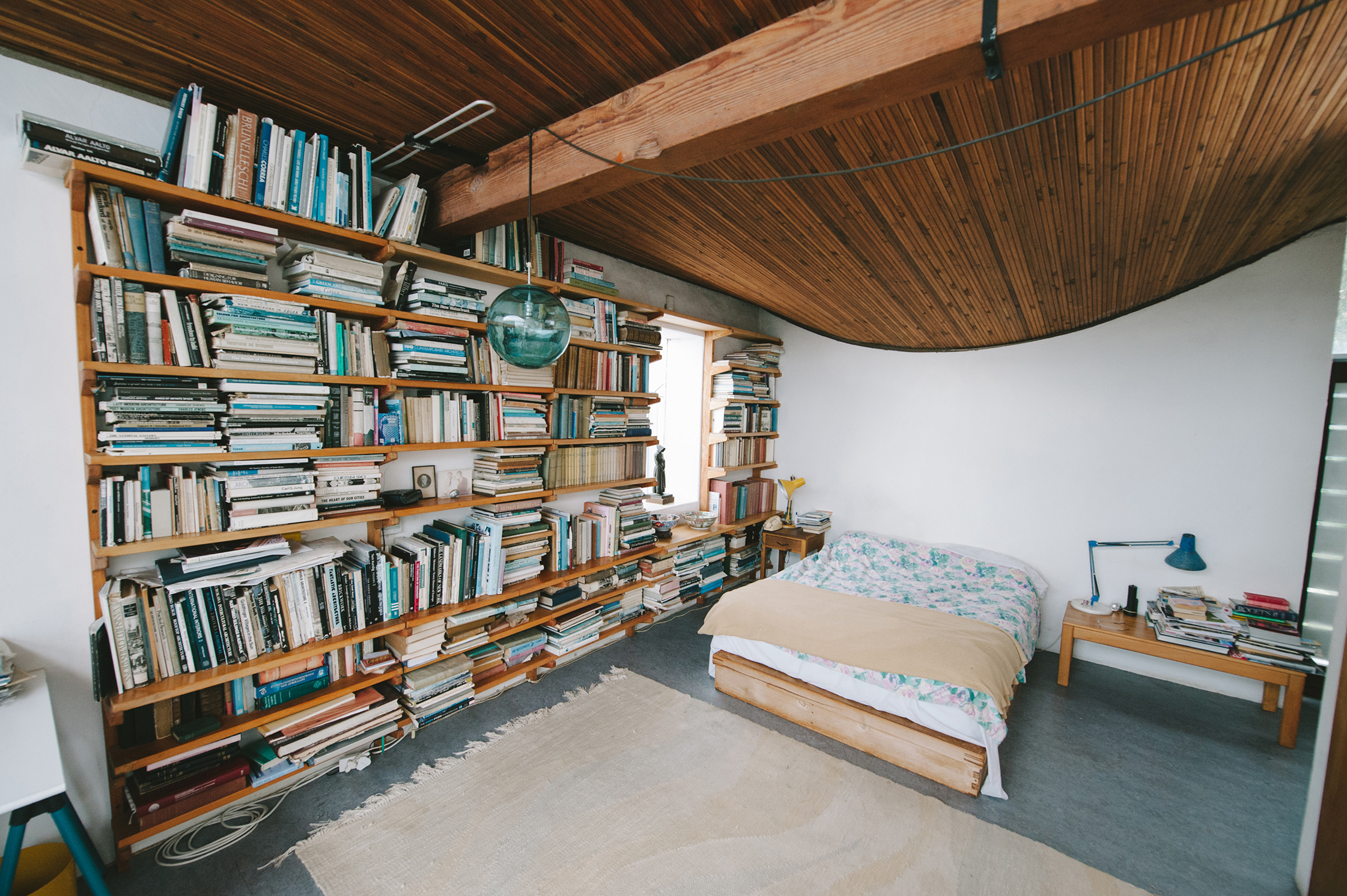
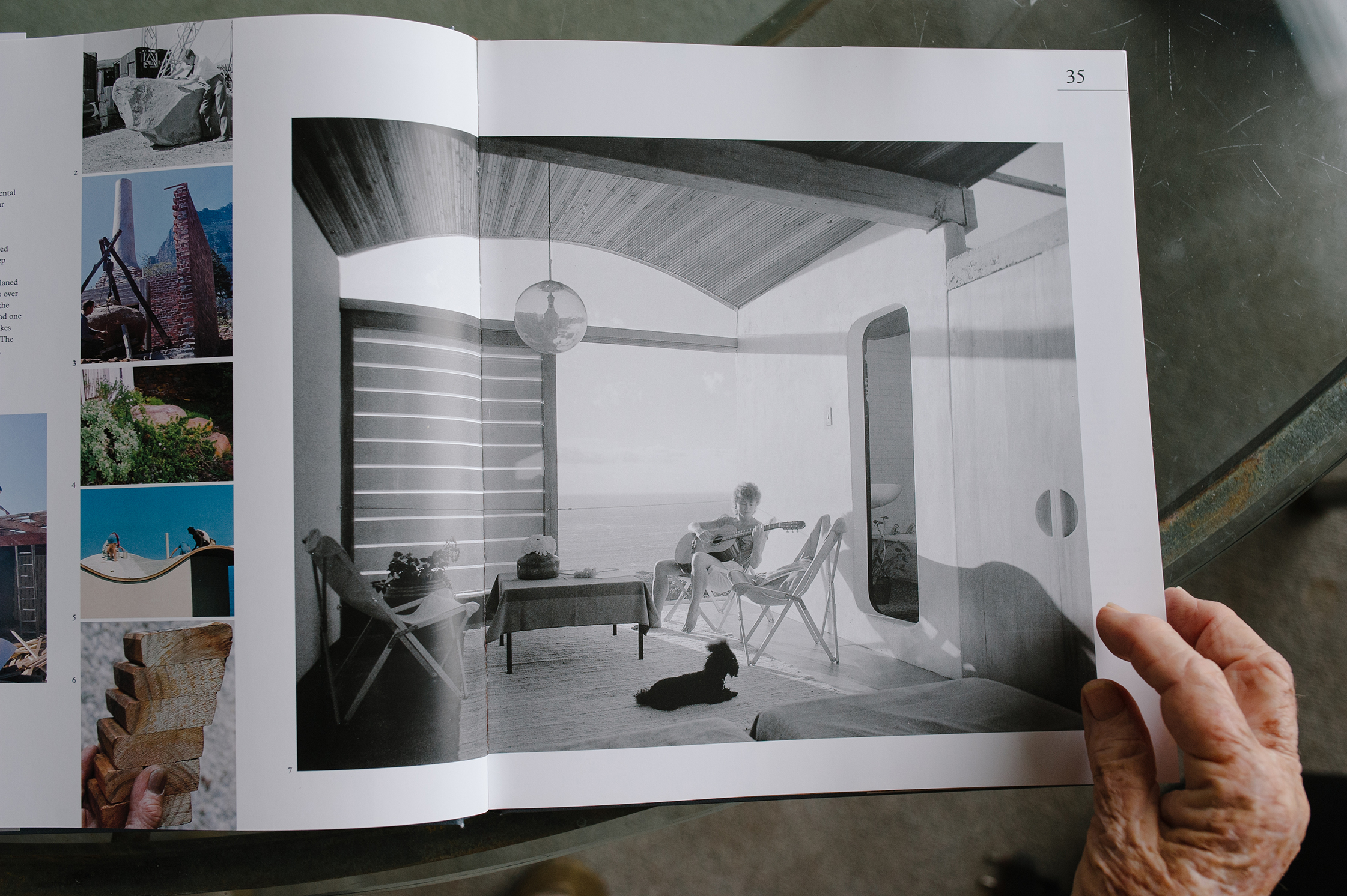
Do you still go to the office every day?
Gawie: Yes, we’ve just come from the office.
What is your regular routine?
Gwen: We start at 8.30am. We’ve got very nice people working for us, all of them are talented and very friendly. We do a lot of interesting and varied work. Some restorations combined with new stuff. At the moment we are working on quite a large clinic in Beaufort West. We’re also doing a new building right next to our office that has 18 stories and a number of restoration things like a student hostel. We are very busy. We can’t keep up with work actually.
Gawie: We are altogether ten people. I can manage that. I’ve got personal input in each job.
Do you cook a lot?
Gwen: Now that I’m older I don’t like cooking that much. For lunch we go to the Royal Cape Yacht Club and we have a decent meal there. That means I don’t cook in the evenings, we just have a light meal, fruit or something like that. Our office staff go at five but we often work much later than that in order to catch up on the day’s work. Then we come home and that’s it. Gawie enjoys reading the paper. He reads everything and picks up all the mistakes and makes little circles around them. I like to read all kinds of books. Then we look at the evening news and watch an interesting program. We usually go to bed at about 10.30pm. Next day, same thing. On the weekends we see our children. On a Sunday I often cook and they all come here. We take the weekends off.
Gawie, you have had a major influence on South African architecture. How did everything start for you?
Gawie: I was employed by the bank Volkskas as an architect on a salary basis.
Gwen: At that time Volkskas was starting to build small Afrikaans banks all over the country. Gawie designed 50 banks from scratch in 10 years.
Gwen, how did you get started professionally?
Gwen: I was qualified as a doctor and worked full-time in the military hospital in Pretoria while we were farming and while Gawie was working for Volkskas.
How did you manage with the kids?
Gwen: I never left them at home, I dragged them around where I went and when they were big enough I put them into nursery schools and when they were bigger, they went to school, of course. We became very interested in farming. We started keeping cows and we got more and more until we were milking 18 cows a day. We used to get up very early to be able to milk them and come home and milk them in the evening after work. Six in the morning, six in the evening.
Gawie: There was no such thing as a weekend ever.
Gwen: At that time no-one was doing organic farming in South Africa.
Was Gawie ever at home?
Gwen: He had to be. Gawie got an airplane because he couldn’t keep up with the work in a car.
Gawie: I had to do an enormous amount of traveling. Eventually we had almost 200 branches across the country and the bank sometimes had these big American cars. Very often they didn’t have a car available so they asked us to use our private cars for which they paid nine pennies a car mile. I found I was half the week away from home so I said to the general manager that I’d like to get a plane and he was very amused by that.
Gwen: Gawie got a pilot license as a student.
Gawie: I was quite an experienced pilot by then. The manager had a good laugh and said “forget it.” He thought it was a big joke. I said “alright, I’ll buy the plane, you lend me the money for the plane and you pay me nine pennies a car mile for the use of the plane.” The plane paid for itself in about four years. It was a very nice plane, a Tri-Pacer, a workhorse plane.
You have an amazing knowledge and a brilliant understanding of material. What does a typical Fagan-building look like?
Gwen: I would say that Gawie’s work is highly inventive. He never copies anybody else and it’s inspirational. Like this house that we built ourselves. We bought the plot. Gawie was sitting in an airplane when he got the idea about how the house should look. He didn’t have paper with him at the time and the guy next to him had a cigarette box, so he drew the house on that cigarette box. If we wanted to scale anything when working on the house we referred to that first drawing. For instance, we didn’t know how tall to make the fireplace and went back to the cigarette box drawing to scale it accordingly! We still have a photograph of that sketch. I think Gawie is pretty much inspired by the local architecture and has given many lectures on what moves and inspires him and what he finds beautiful.
In 1964 you started building your house ‘Die Es’. What made you move to Camps Bay?
Gwen: We had friends living on the plot next door. It was an open plot and they said “Come buy this plot.” There weren’t many open plots like this. This one has a nature reserve on its boundaries that runs right down to the sea.
Gawie: Nobody can ever build in front of us.
Gwen: We decided to buy. It worked out well for us.
Tell me about the building process.
Gwen: The building took two years. My son and three daughters each had a job. One had to put the water into the concrete mixer, the other one the sand, the other one the stone and I tilted the mixer. We published a book about building our house.
You built the house while working full-time and finished it in two years. How did you do this?
Gwen: I used to work in the mornings at Carl Bremer hospital. In the afternoons the kids came from school and then we started working. We also built on weekends. I think people thought we were mad.
There are certain elements of your house that are significant: the unconventional roof that emulates the waves of the ocean, the big fireplace, the views..
Gwen: The roof is probably the only one of its kind in the world. It consists of slats of wood. I laid all these little stones in the passage as well so this is significant for me. The house is also positioned to have its back turned to the howling winds that sweep down the slopes of Table Mountain.
Do you still enjoy living in Camps Bay?
Gwen: Yes, very much, we wouldn’t live anywhere else.
Gawie: The wind doesn’t bother us.
Gwen: The trees are all planted to blot out surrounding buildings. I planted every tree and every plant. It’s a water free garden and I hardly ever do any work in it and I don’t have a gardener.
Gwen, I heard you collect plants.
Gwen: My roses are my biggest collection. I became a very ardent collector of heritage roses. I found that Tuinhuis, a government house in Cape Town, had roses in the garden from the early 1800s and we were asked to restore the Tuinhuis and it’s garden. I’m always responsible for the landscape part of our work. I started my research on old roses and how they got to the Cape, where they came from, where they were planted and how they were treated. It became a passion. In the end I decided to publish a book on my findings.
How many years of research did this take?
Gwen: About eight years. I published the book in 1988. We finished the restoration of the Tuinhuis garden in 1974. I asked Gawie to take photos for the illustrations as he is a very good photographer. You can see that the book has been designed to be published in full size so readers see the exact size of the roses
Gawie: That determined the size of the book. That’s why we had to do our own publishing.
Gwen: Yeah, publishers wouldn’t do a book as big as this. So we had to do it ourselves. So we sold some of our shares and started our own publishing business
Gawie: We tried every publishing house and a publisher said years afterwards to me: “You know the biggest mistake that I’ve ever made was to refuse to publish your book.”
Gwen: After work we used to drive around on a motorbike. I knew where these roses grew by that time because of all my research.
What kind of motorbike did you have?
Gawie: A Moto Guzzi. We went to Windhoek on that bike.
Gwen, you have a wealth of gardening knowledge – what was the trigger for your interest in landscaping?
Gwen: As a little girl I grew up on a farm in Morreesburg in the Karoo and we were very much involved in day-to-day work on the farm. My mother was an Afrikaans farm girl. She was called Nauti. She wasn’t called that for nothing. My mother’s family was very conscious of leading a good life and doing good things for other people and belonging to the church. My mother was a very good singer. She studied singing in Stellenbosch and then she went to Upington to teach there. She was going to go to London. Her father could see his daughter doing well by teaching in London. So he insisted that she go to London to undertake further studies.
In the meantime she went to Upington to teach and she met a man there who she wanted to marry. He had already married once and had a child. She said to her father that she wanted to get married and he said: “You can’t marry this man. He’s an Englishman and it’s just impossible.” But she wanted to marry him. Her father said, “okay but the condition is that you go to London and he stays here and you get your qualifications and then come back and get married.” That’s what happened. She came back, got married and they had me. They used to have concerts all over Natal in small towns. One week he went away to arrange a concert tour, he didn’t come back and she didn’t know what had happened to him. She heard from her friends that he’d be going out with another woman and the next thing she heard was that he had left the country with all her money. She found herself with a little girl and no money. Her brother heard about this and said: “You come back home at once to the family farm and we’ll talk to you.” So she came back and he said to her, “you are a sinful woman. You can’t rear a child. You don’t go to church. You dance with Englishmen. You back the horses, you play bridge for money. Therefore you cannot raise this child. I will raise her until she’s eight and then you can take her.” That’s what happened.
So I went to live with him and when I was eight I went to Stellenbosch. We stayed in a room at the top of a shop. I asked the shopkeeper to give me an area in the backyard and I started making a garden. This was my first interest in gardening. We used to eat vegetables from our garden. So there were two parts of my life. In Morreesburg with a very good family and then with her. She was totally Bohemian. It was such a contrast between the two lives so I wrote a book about it.
How did the two of you meet?
Gwen: My mother died of cancer when I was 18 and then I came to Cape Town, and started my second year at university. That’s when I met Gawie.
What made you and Gawie start working together?
Gwen: An earthquake. In 1969 there was a bad earthquake in the Western Cape and Gawie was on the Institute of Architects committee and they sent him with a couple of other people to assess what harm had be done to important buildings in the area. That’s what he did and then he decided that the best thing would be to spend all the money that he had been given on this project on one town. That was Tulbagh. We wrote a book about that restoration. I was employed to work on this project with him. Also when he couldn’t go out to Tulbagh to take notes on site, I did that for him and that’s when I came into the office. He found I was quite useful and so I stayed there, and I’m still there!
I work on the the landscaping and interiors. I help with all the research. So whenever there is a historical building we’re working on, I do the background history. I decided to specialize further and in 1995 I got my PhD in Landscape Design. That meant that I could have a little more authority. The subject of my thesis was the influence of landscapes from all over the world on our own landscape.
Do you enjoy working together?
Gawie: I think it’s very nice.
Gwen: We fight sometimes. We work together. We push it.
You have a career of almost 70 years. What building are you most proud of?
Gwen: Your mother’s house.
Gawie: Yeah.
Gwen: Gawie built that house when he was a student and still last year it was chosen as the house of the year. He did that in 1951. But you know, once you’ve finished one thing you forget about it and carry on with the next one. You don’t dwell on what you’ve done. Your mind is focused on what you have to do next.
I’ve heard you were also involved in the castle in Cape Town.
Gwen: For 32 years. We didn’t maintain it while we were restoring. By the time we finished, it needed maintenance. Now we’ve been appointed to maintain it.
Gawie: It’s the most interesting building.
Gwen: It’s the oldest building in South Africa.
I know it’s a silly question, but I’m going to ask it anyways. Do you ever think of retiring?
Gwen: No. Unless we get so sick that we can’t work anymore. Why should one stop doing what you enjoy doing?
Gawie: Gwen, I think we did decide that at 100 years old we’ll consider it.
Do your children nag you to work less?
Gwen: No, they know what we enjoy. They are right behind us. In fact the children are exactly the same as we are. They’re all very talented and very hard working in whatever they do.
Gawie: I sold my son the building next to ours.
Gwen: He’s a structural engineer and we do a lot of work with him. It’s nice, we understand each other. We think the same way.
Do you relate with people your age or do you surround yourself with younger people mainly?
Gawie: Yes and yes.
Gwen: There are people we associate with that we have been friends for a long time that haven’t died yet.
Gawie: I am serious. Most of our friends have died in the last five years.
What do you do to stay so young?
Gwen: We’re just lucky.
Do you collect anything next to roses?
Gwen: I’m a collector of succulents and I’ve got a very wonderful collection of rose books as you can see.
Gawie: Architectural books.
Gwen: I also collect lithops, stone plants, they’re all in the kitchen. They break up in the middle and a flower comes out. They’re also called ‘baby bottoms’ – you can see why. I started collecting these when I was a little girl. I never walk out of a nursery with at least one plant. But I only collect things that I can use, I don’t collect things that are just pretty. I’m also a bit of a pottery-collector as you can see. I love the work of Esias Bosch.
Tell us about your furniture. Do you have any favorite pieces?
Gwen: The original Le Corbusier chairs.
Gawie: I have the greatest admiration for his work.
Gwen: We didn’t have much money to spend. That was 1964 when we wanted these Le Corbusier chairs. We had a friend in Cape Town with a furniture shop and she said she would import them for us.
Where do you spend your weekends?
Gawie: We’ve got a little holiday house and sometimes we go out there. We don’t really pre-plan going. Sometimes literally on Friday afternoon I say to Gwen “Should we head to Camps Bay or to the holiday house in Langebaan?”
Did you build your holiday house yourselves?
Gawie: This one was not by us in a hands-on way, but with our supervision. We built it in 2003. It’s called ‘Paradys’ and means ‘paradise’ – it’s on Paradise Beach. We also go there over the holidays and Christmas. We have everything there, even spare clothes, so we don’t need to pack and there are shops close by.
What do you love most about Cape Town?
Gawie: It’s the nicest city one can live in. How privileged are we, from when we leave the office, over the hill, you see the sea, it’s a different world. I say to Gwen, “thank goodness we are here.”
Gwen: And the sunset is beautiful and it is different every evening.
Gawie and Gwen, thank you so much for such an inspiring day. It was an honor to meet you both. As the Fagan’s don’t have an own website but only their books, all books written and published by Gwen and Gawie Fagan are available via email [email protected].
Photography: Desmond Louw & Antonia Heil
Interview & Text: Antonia Heil
